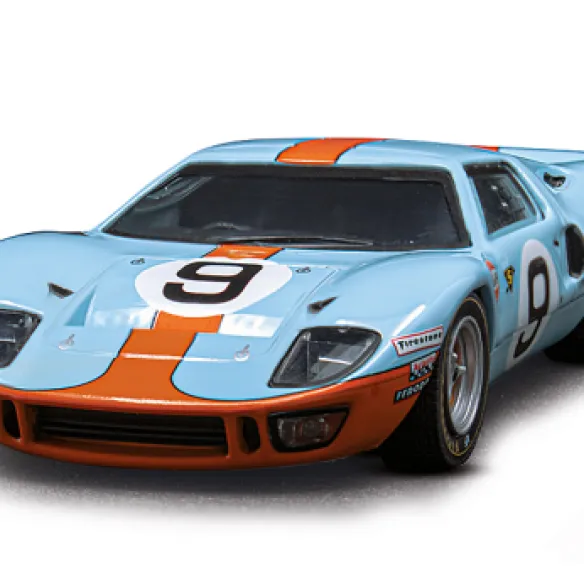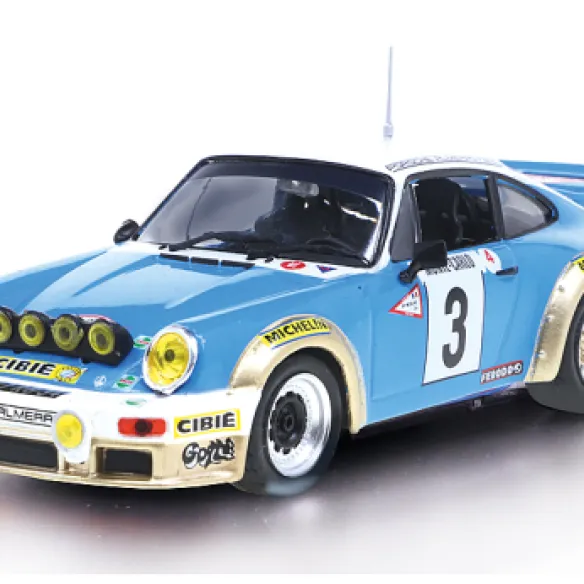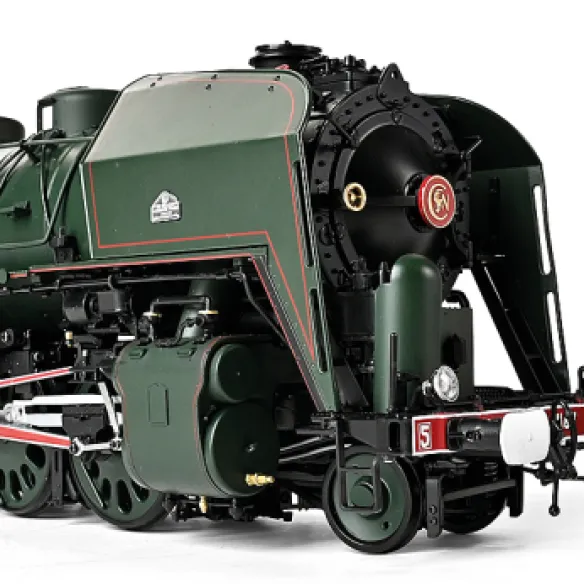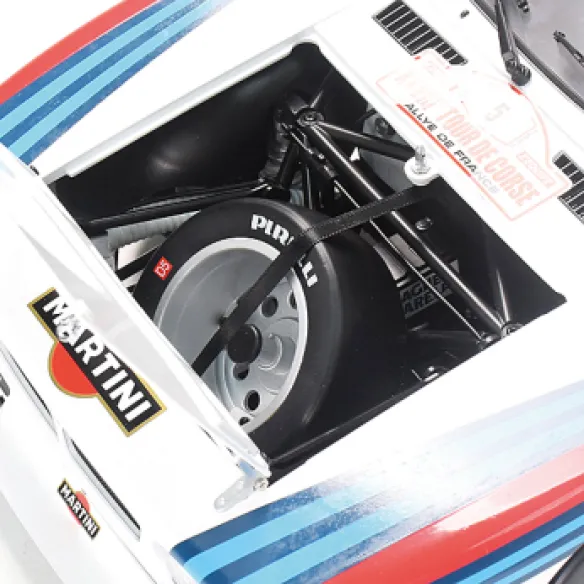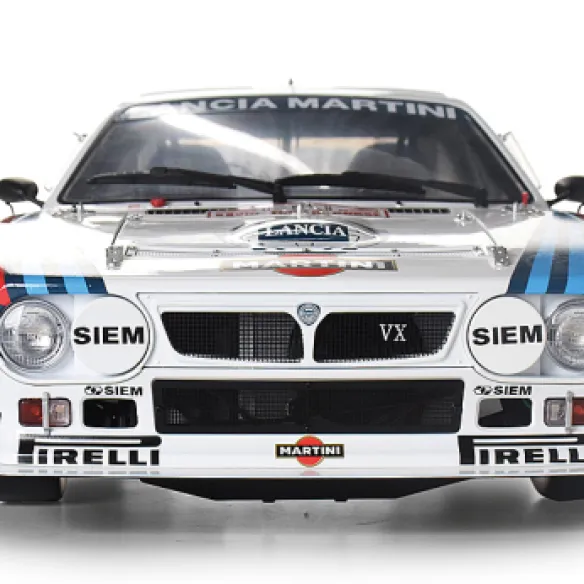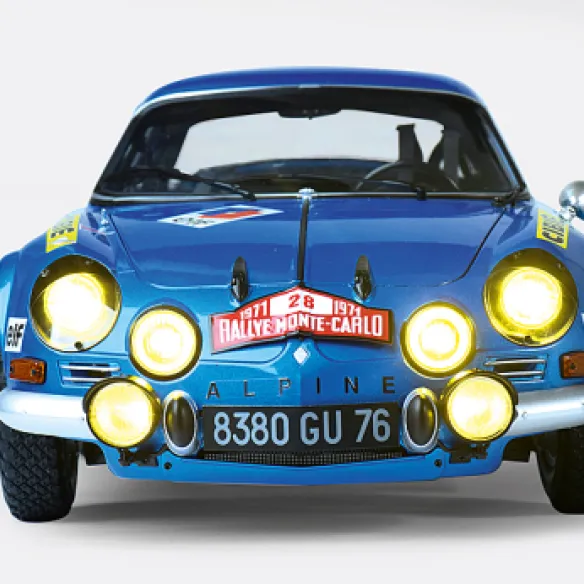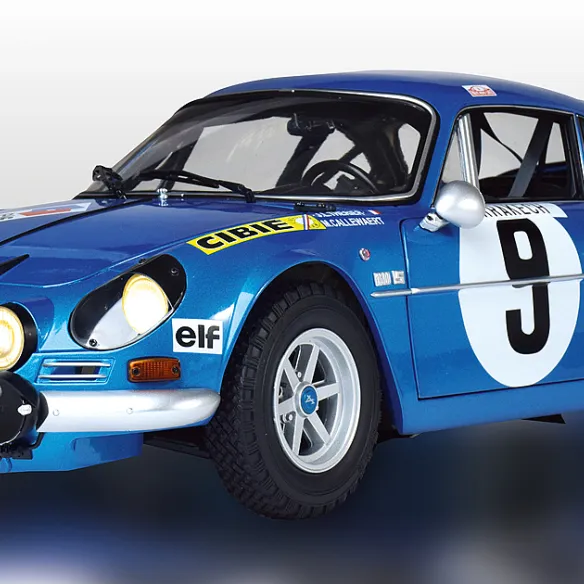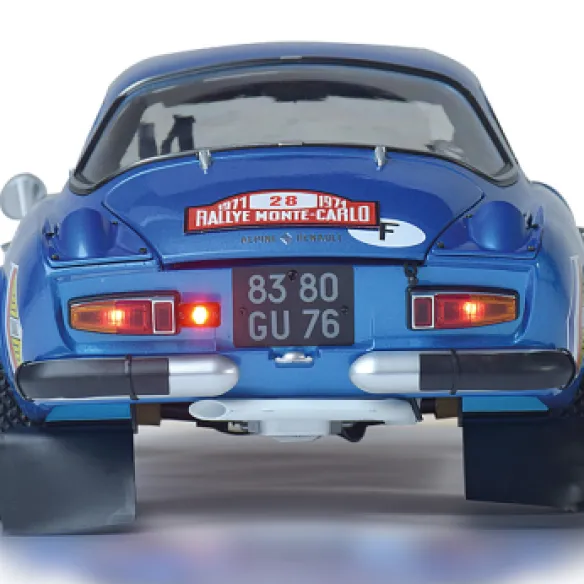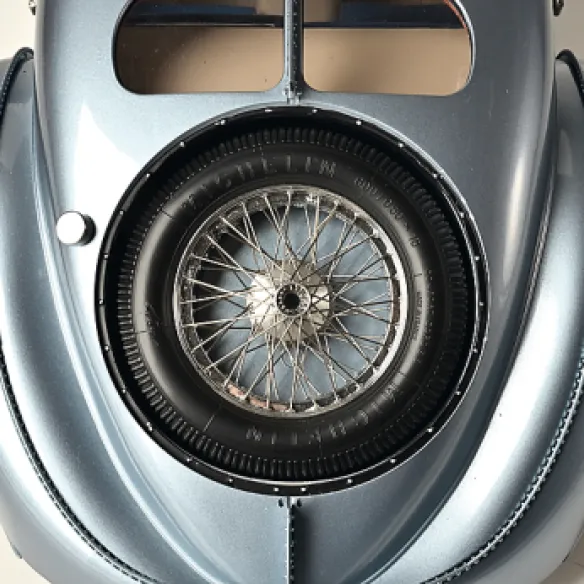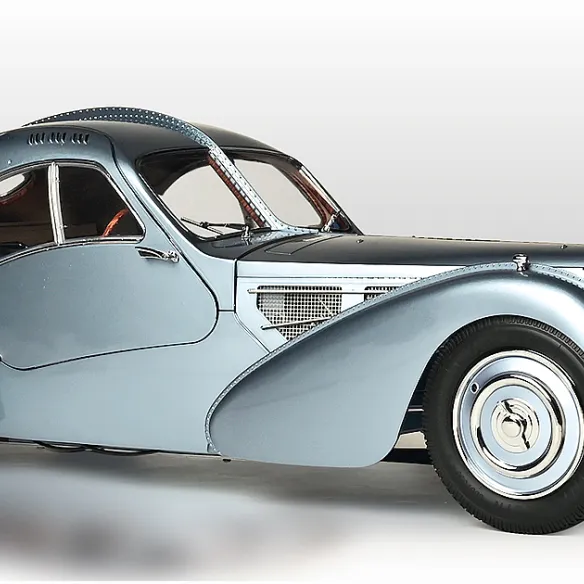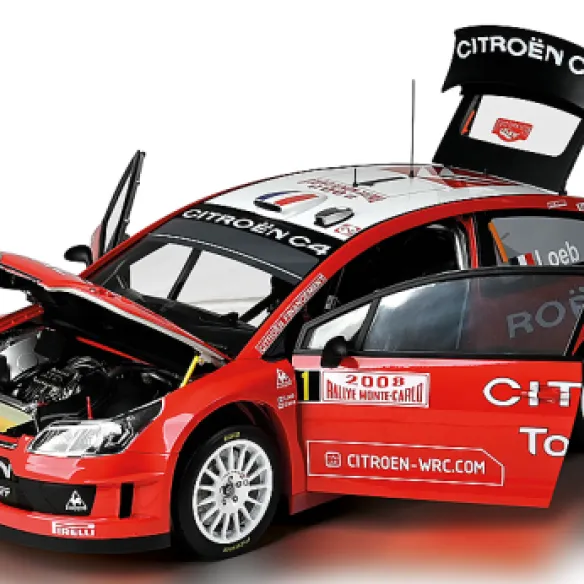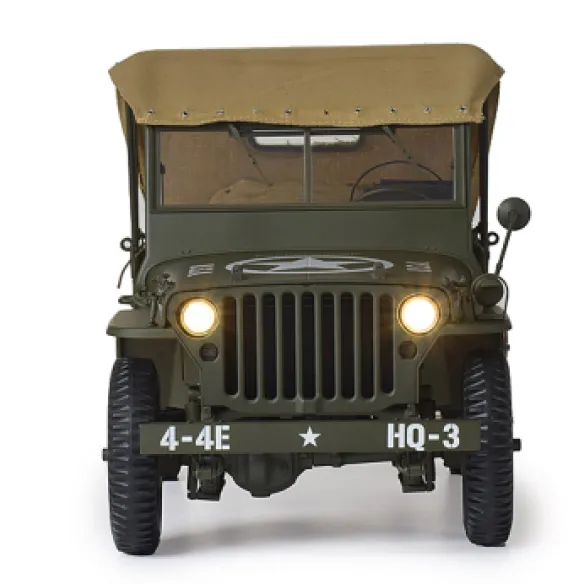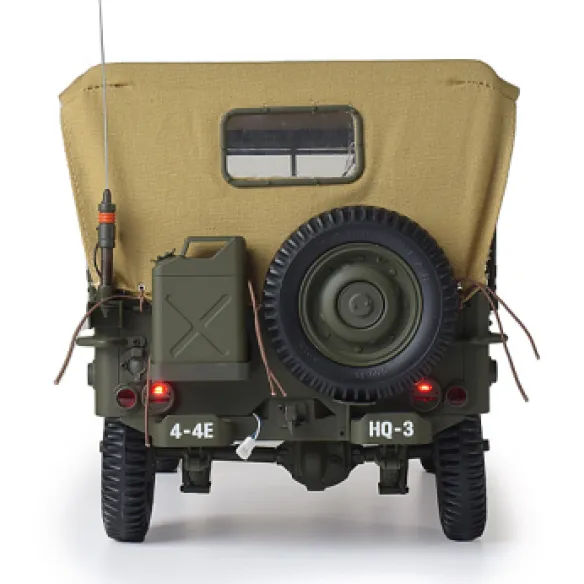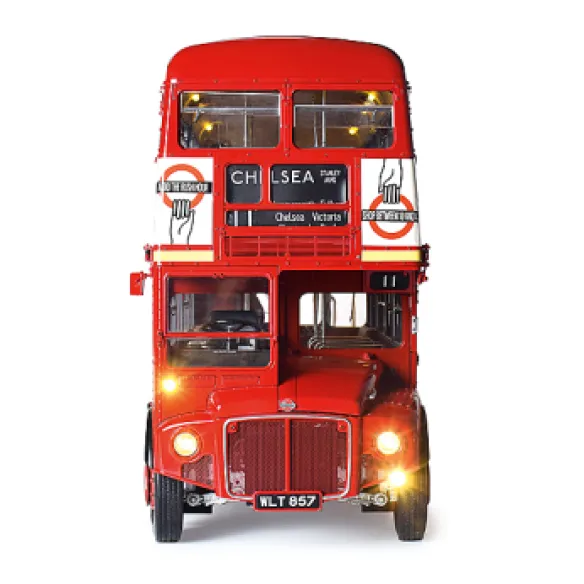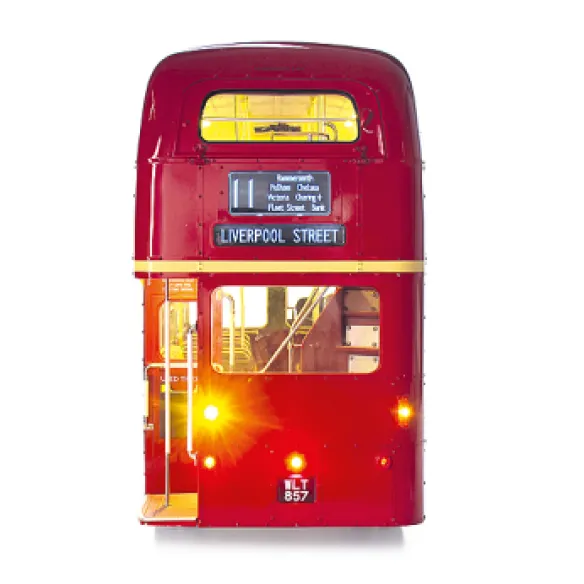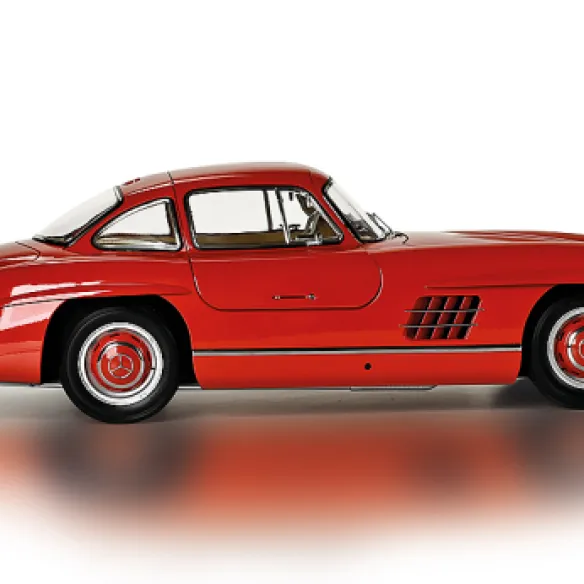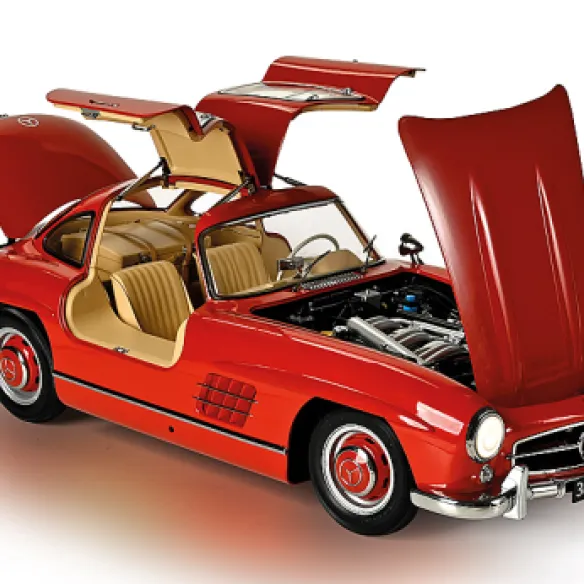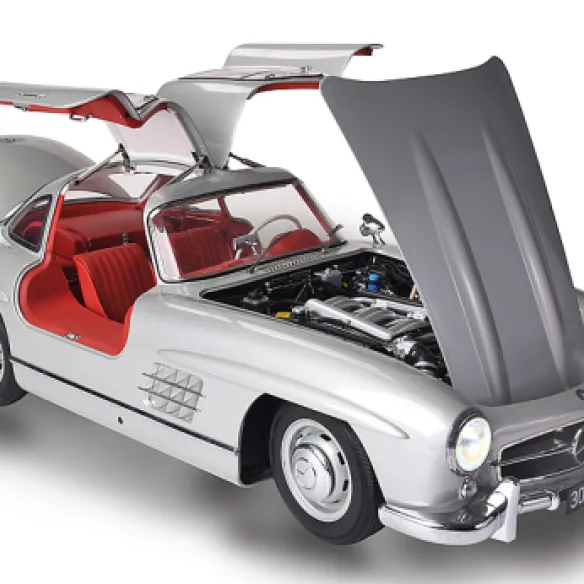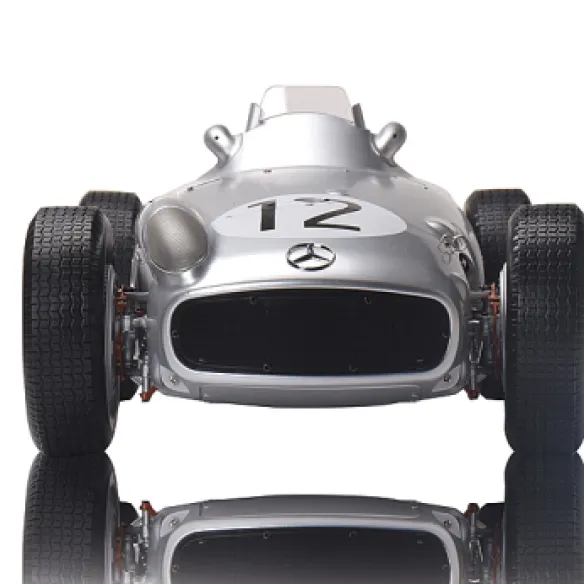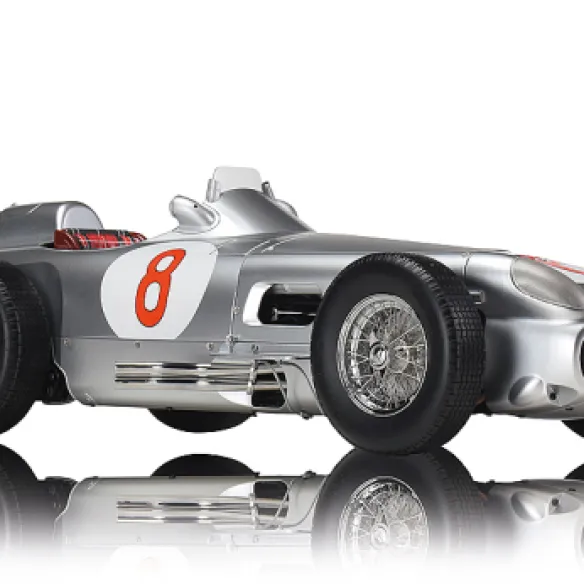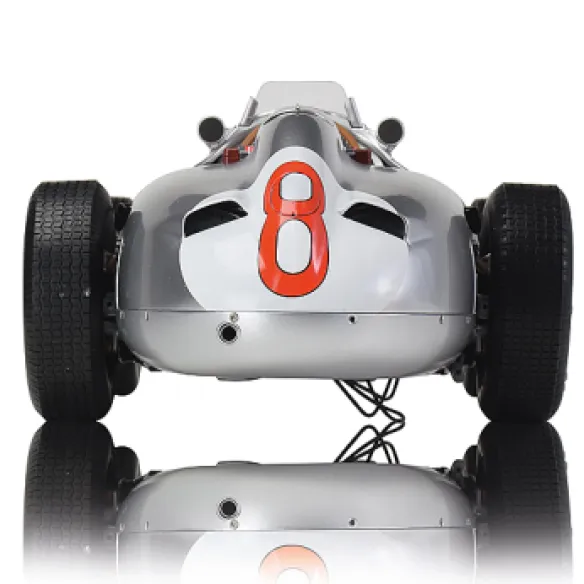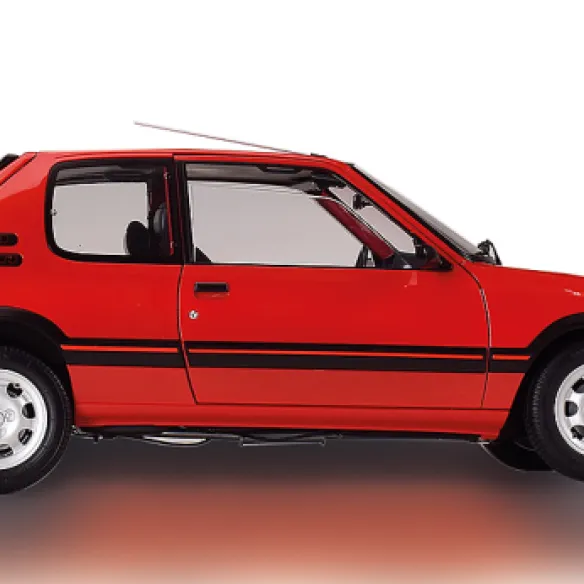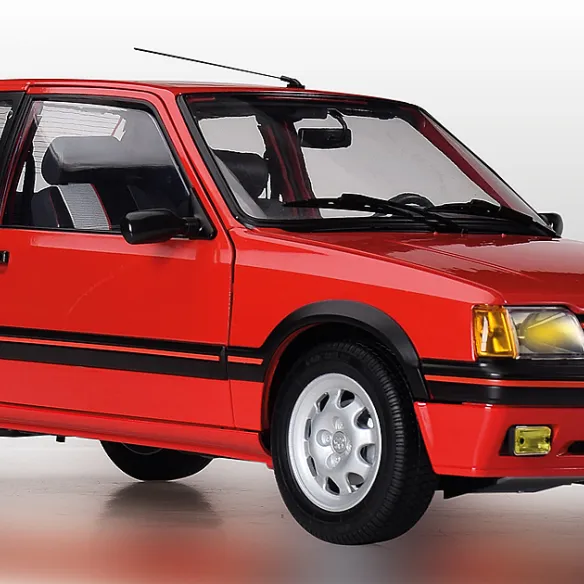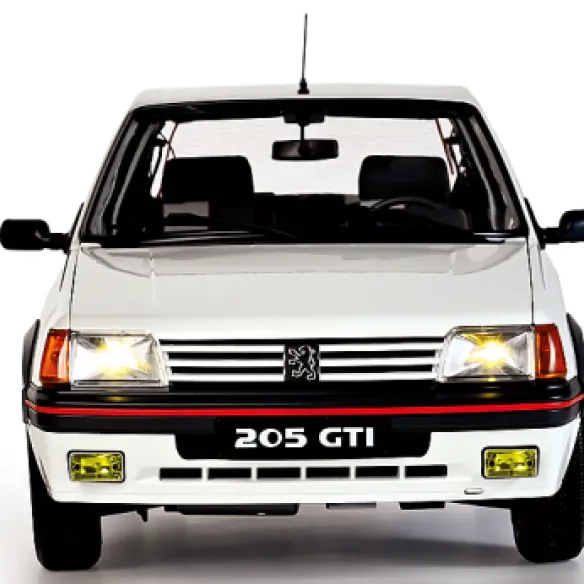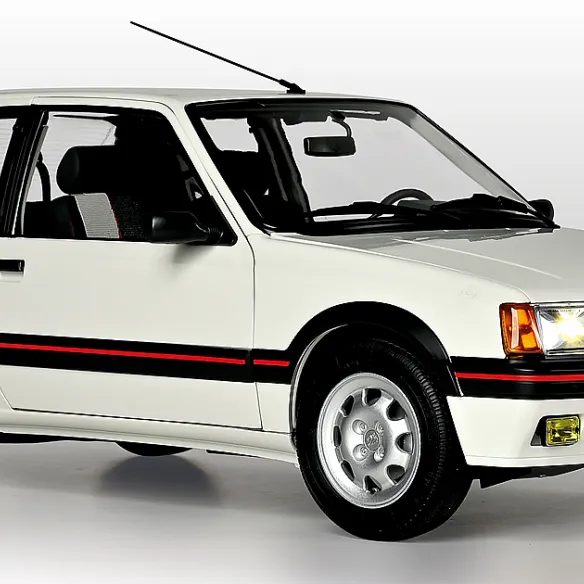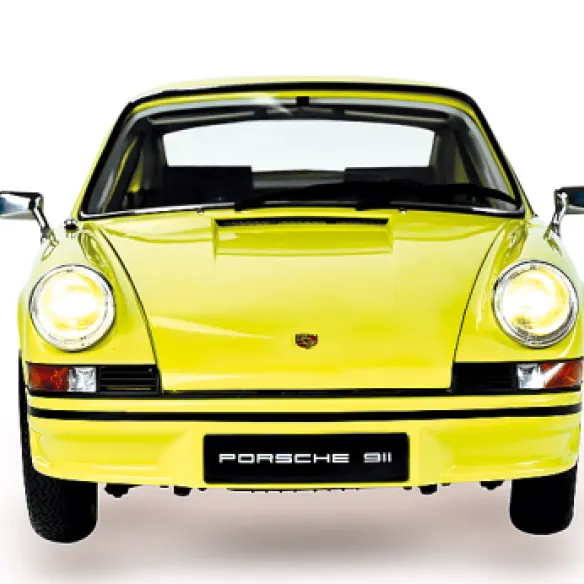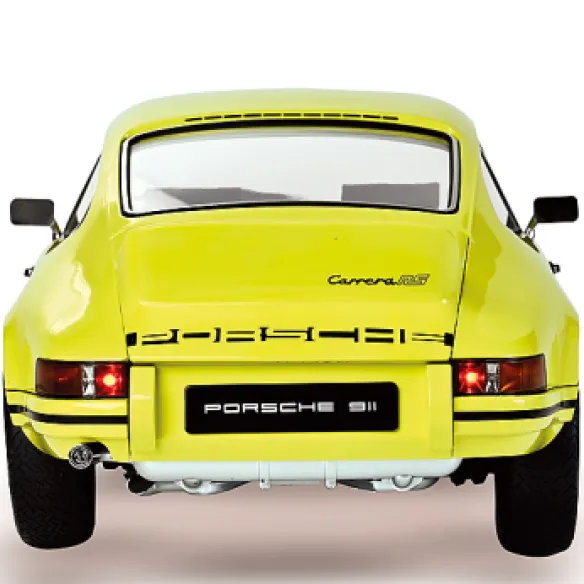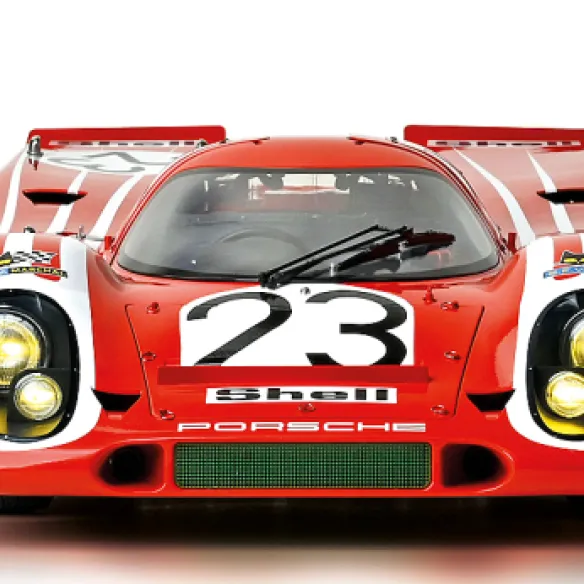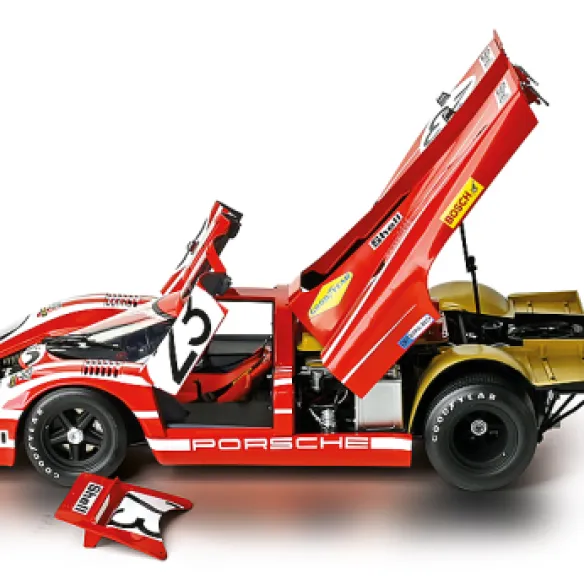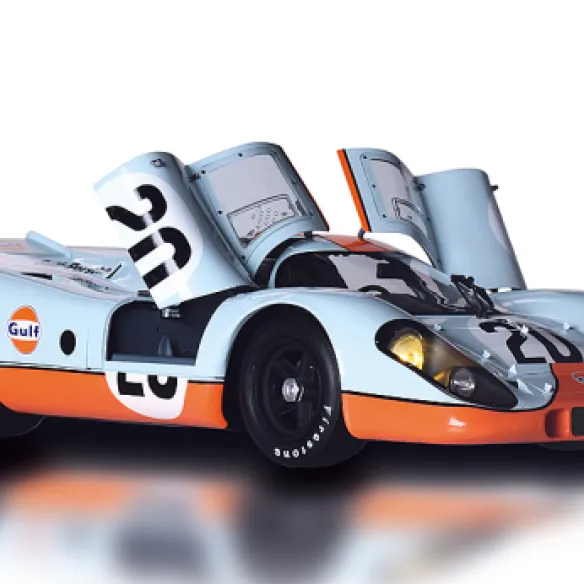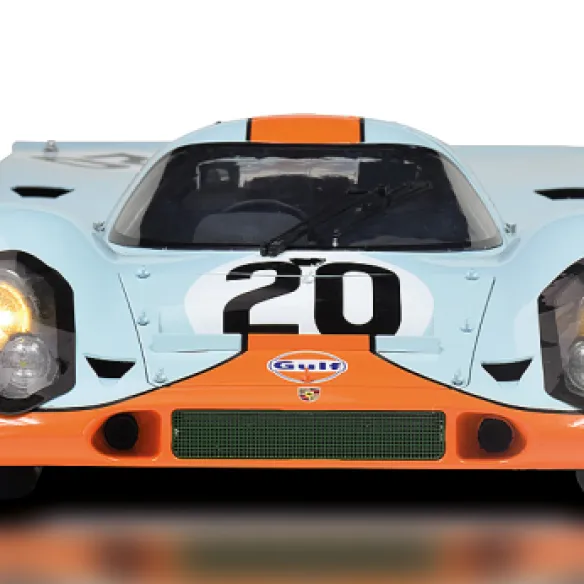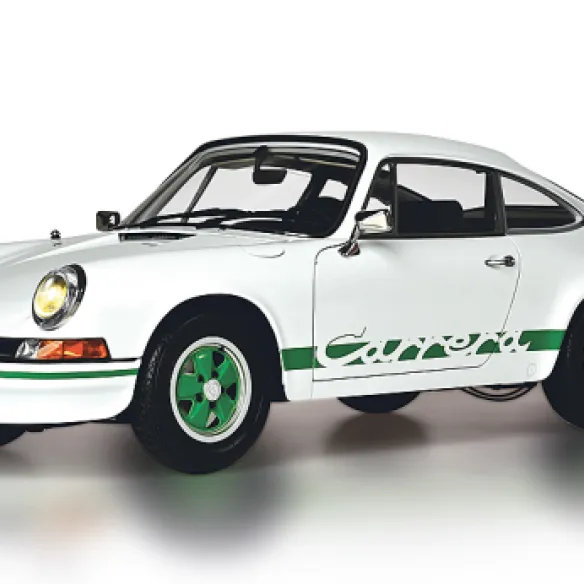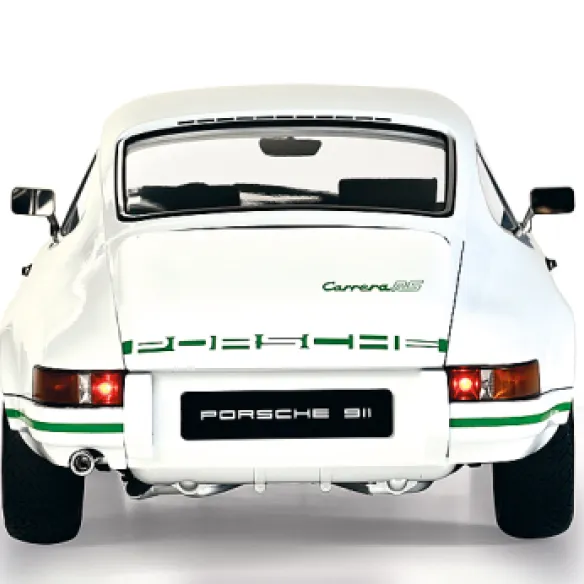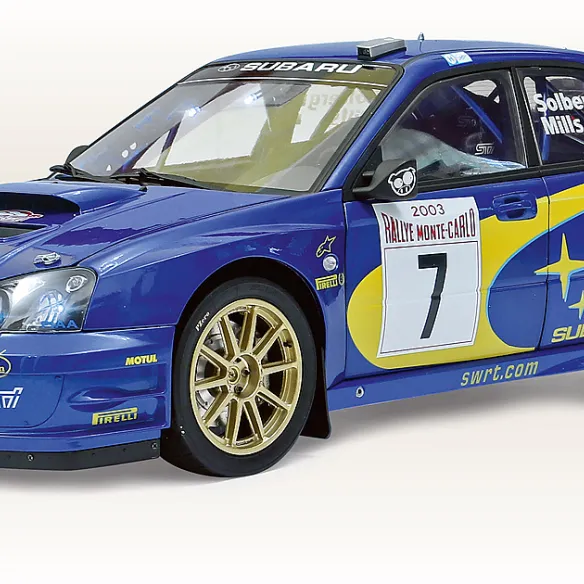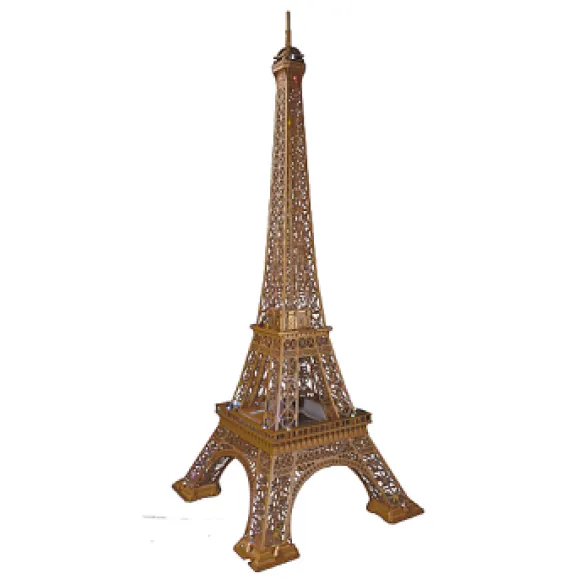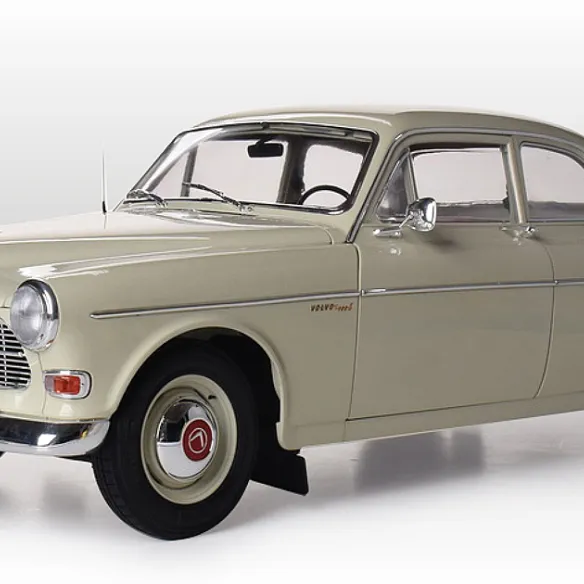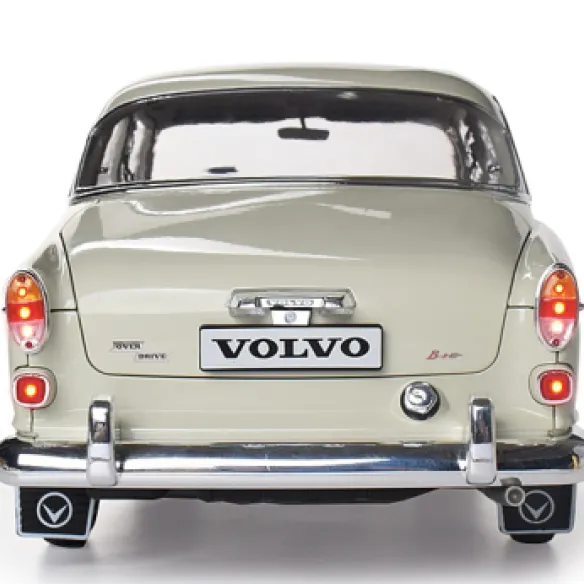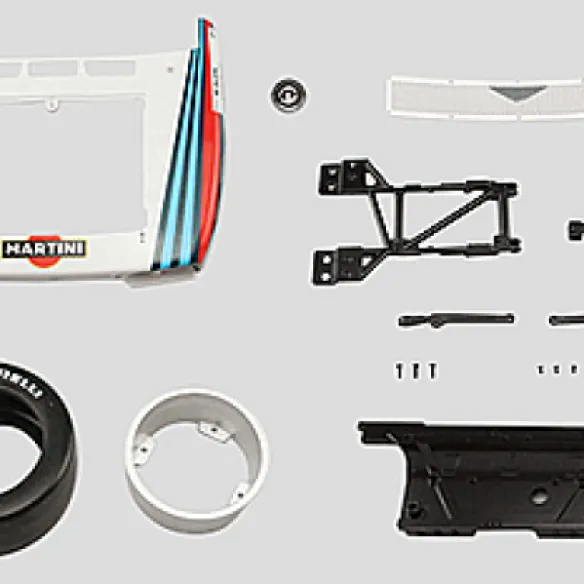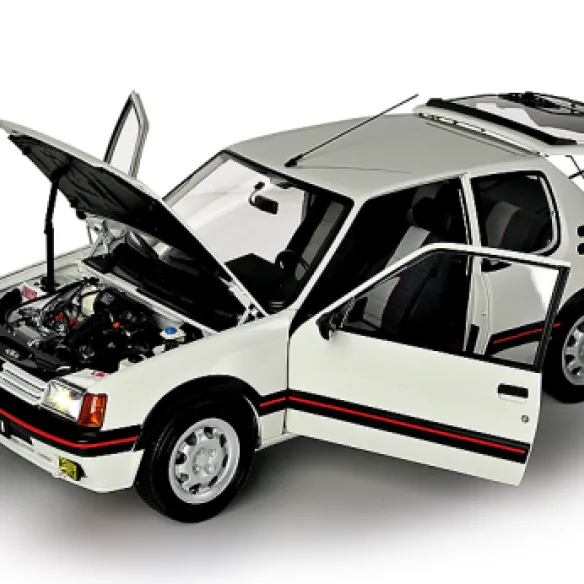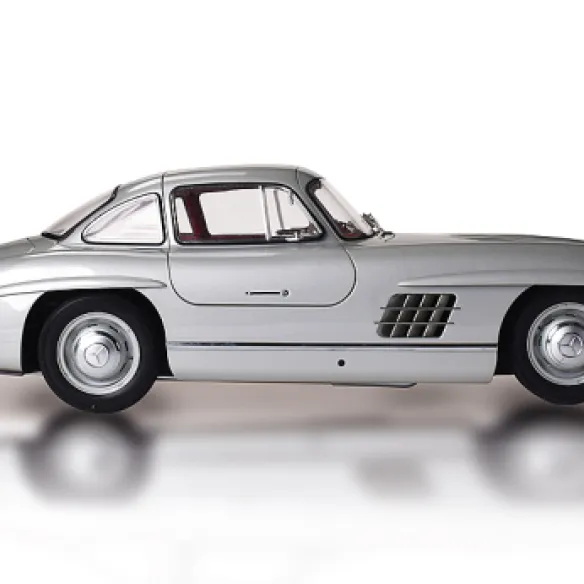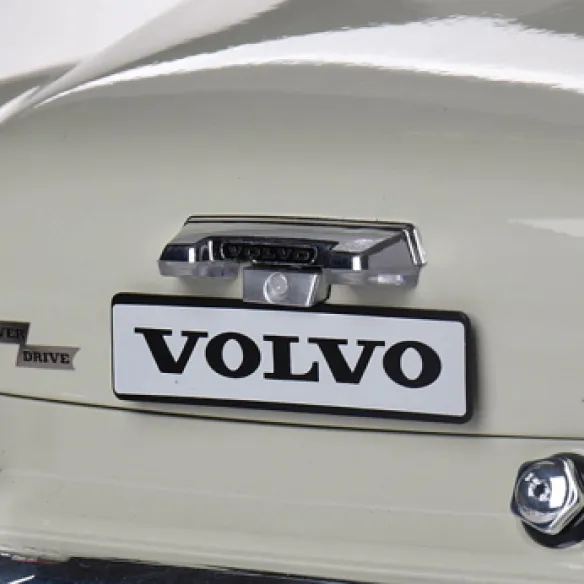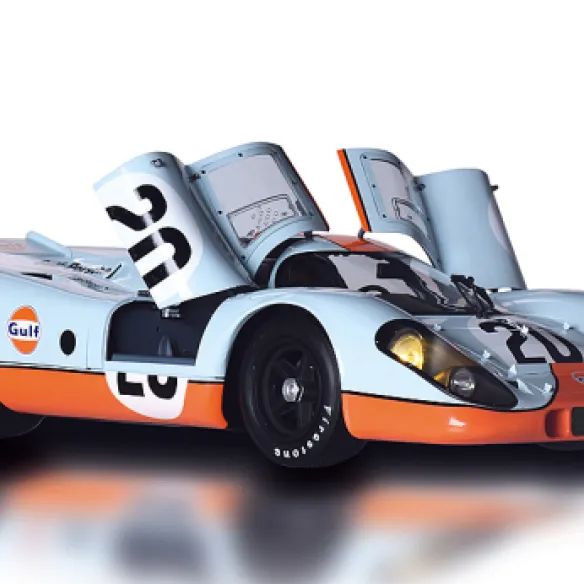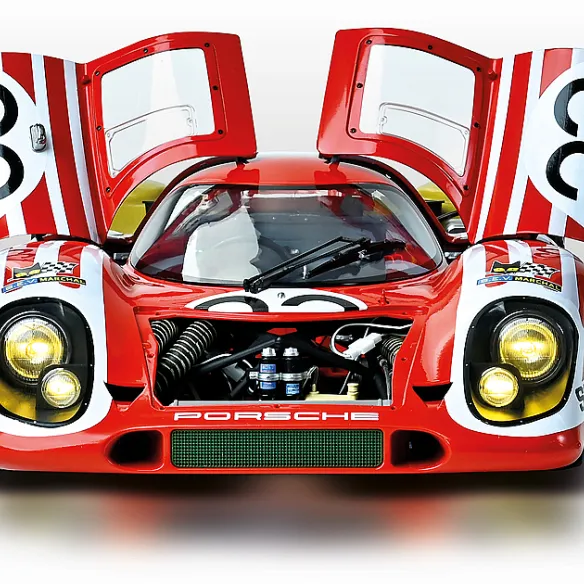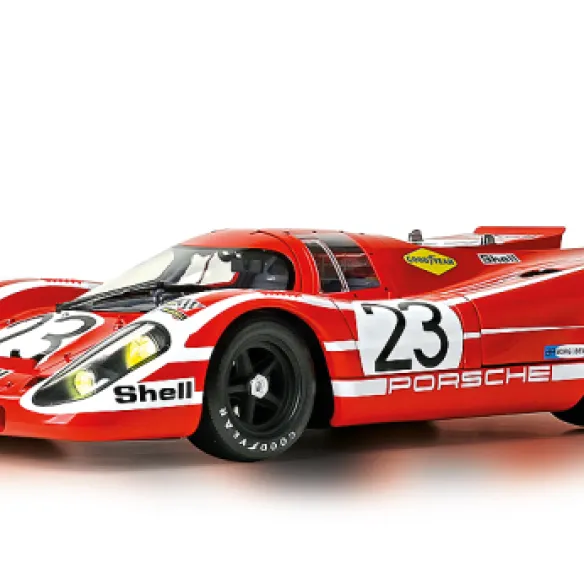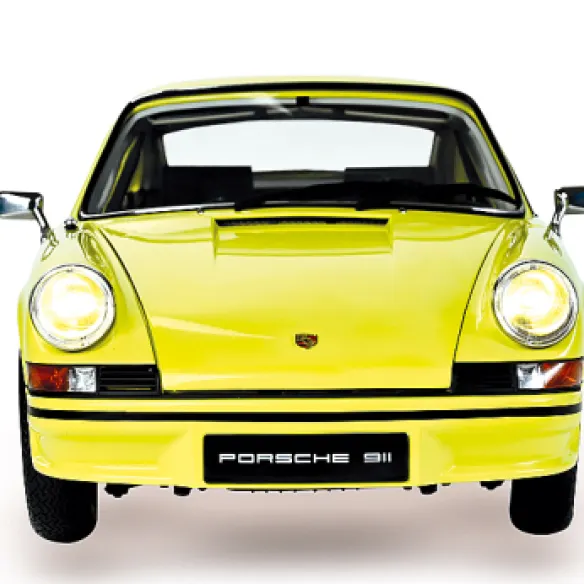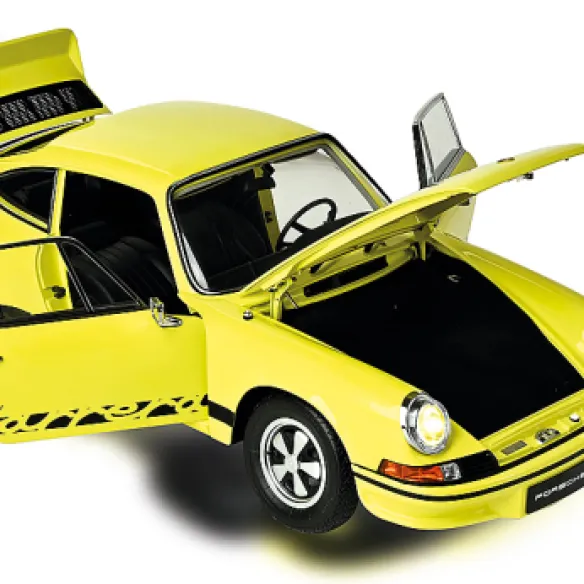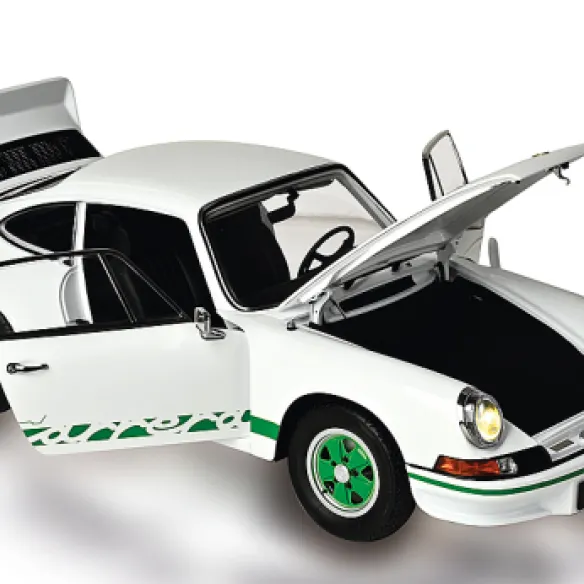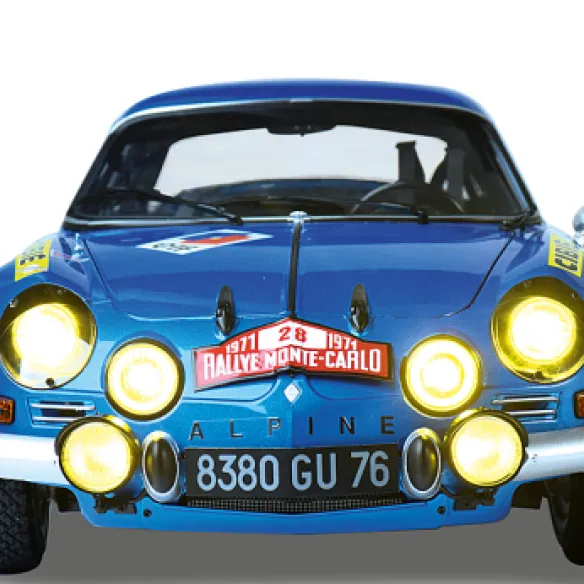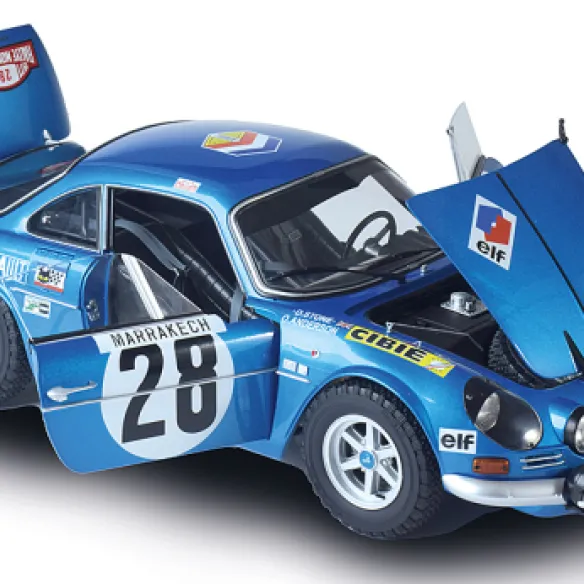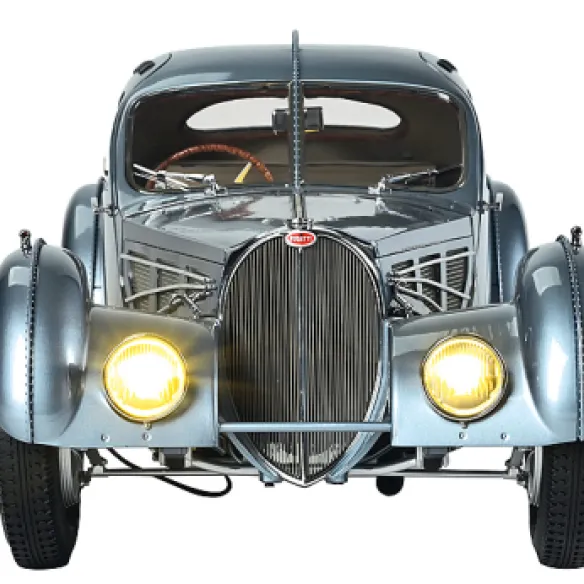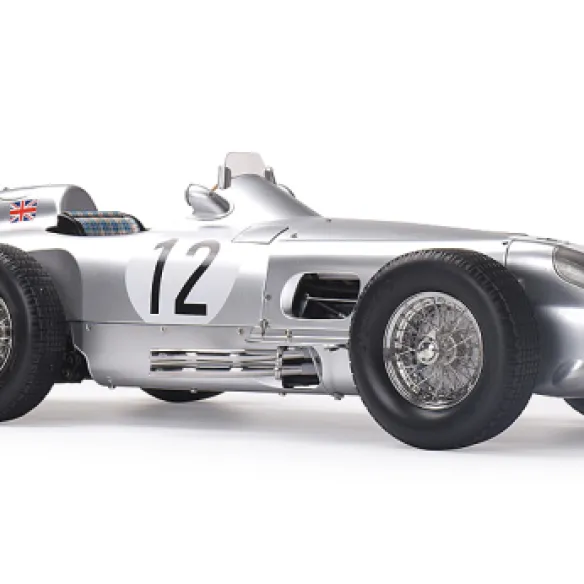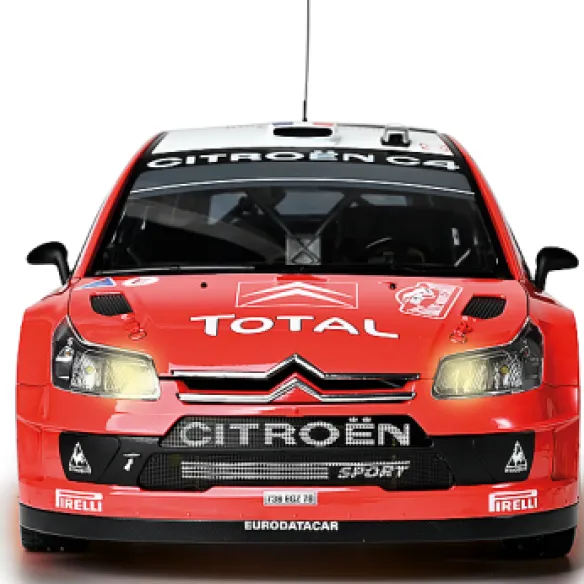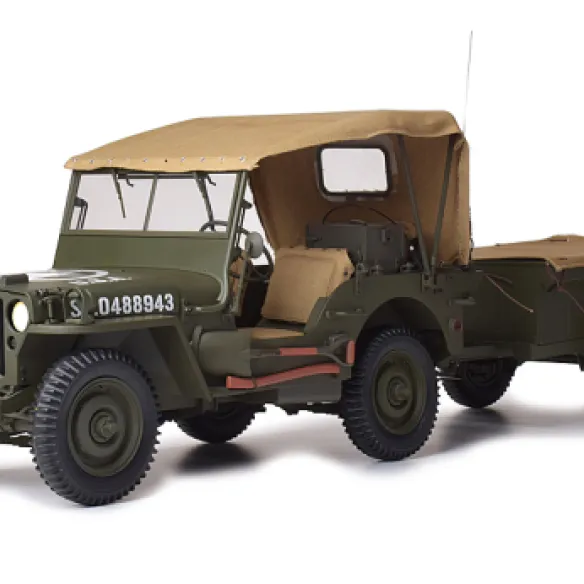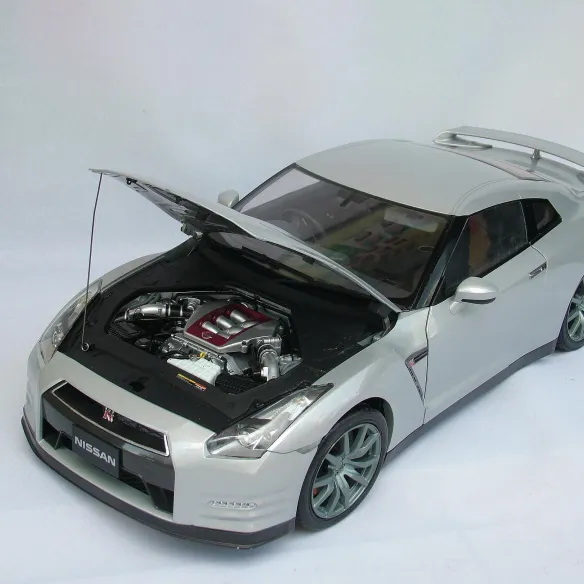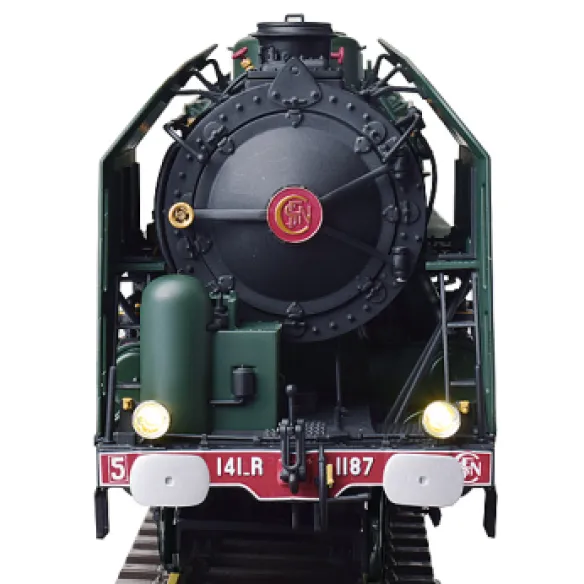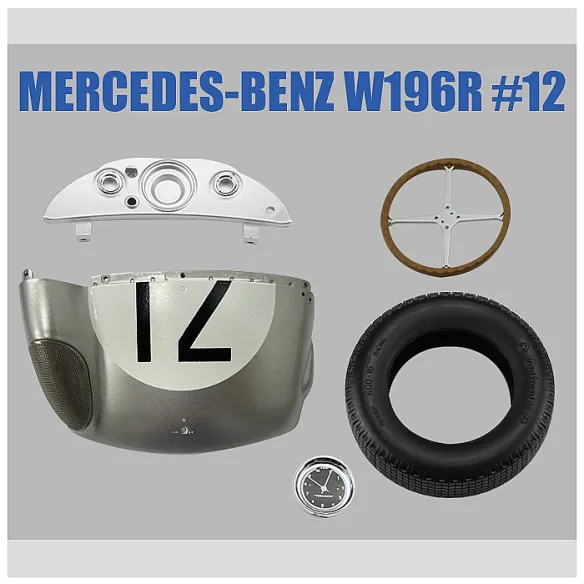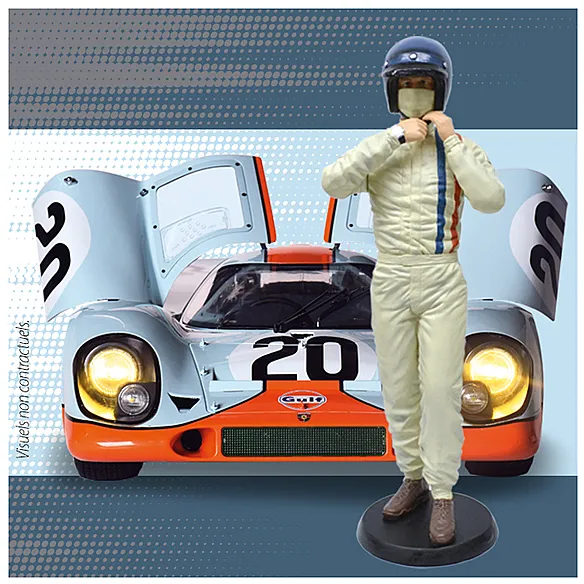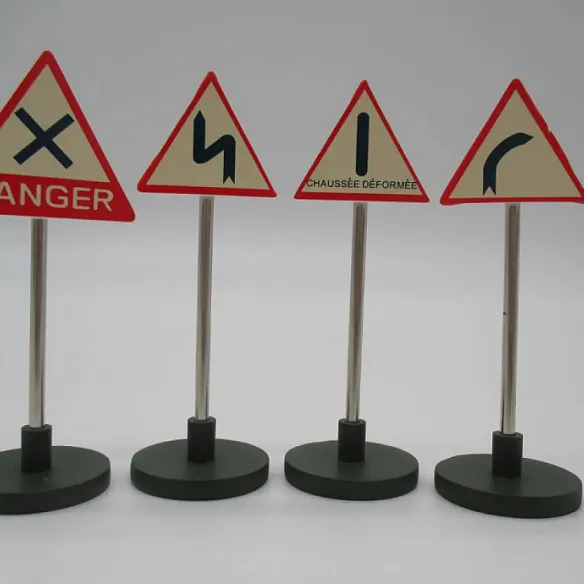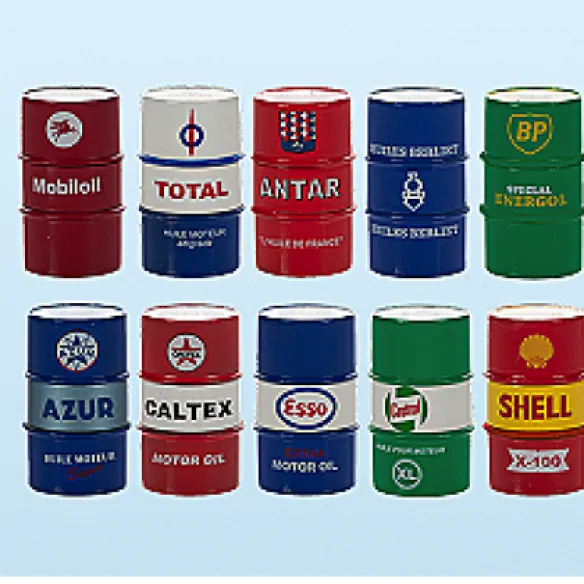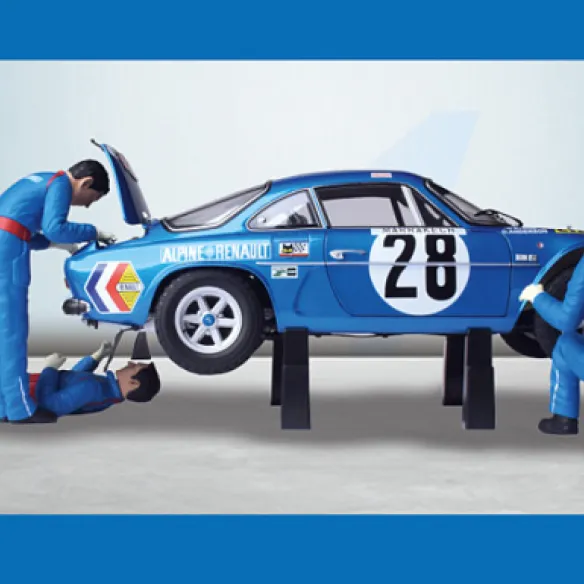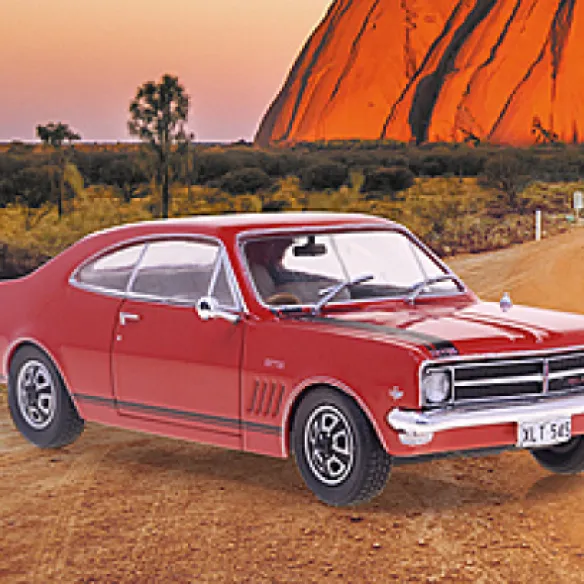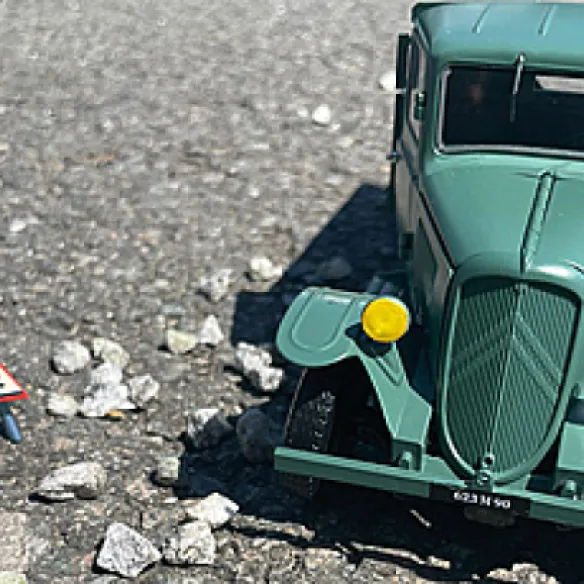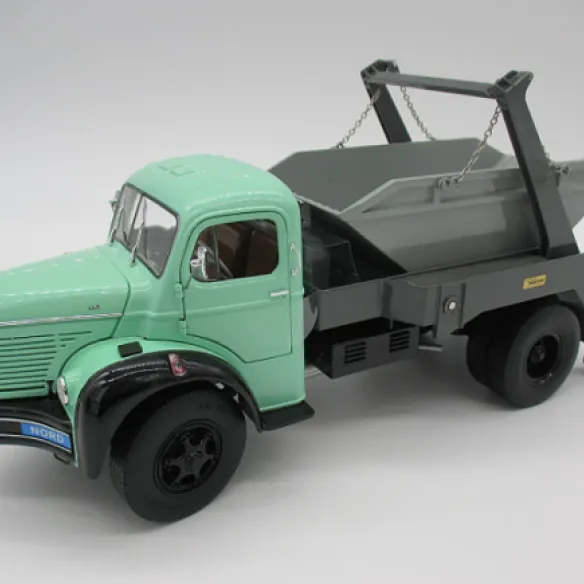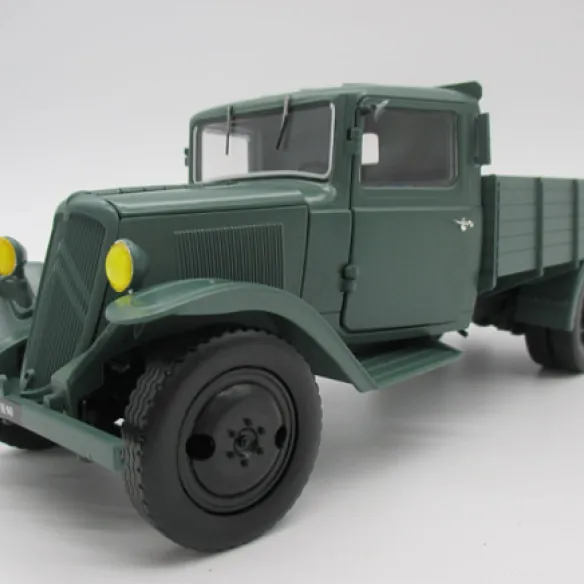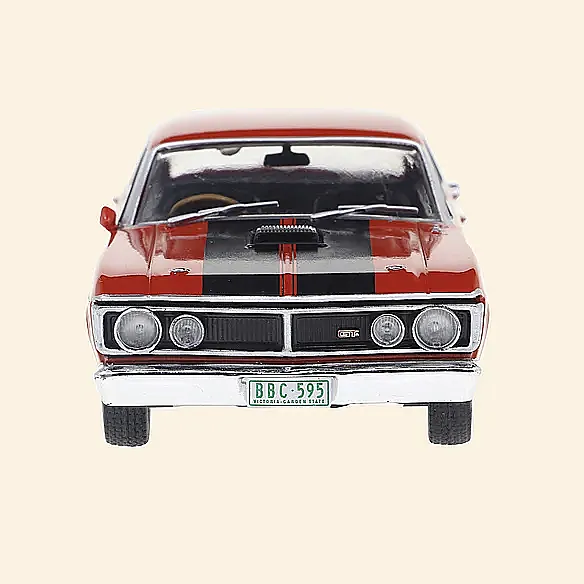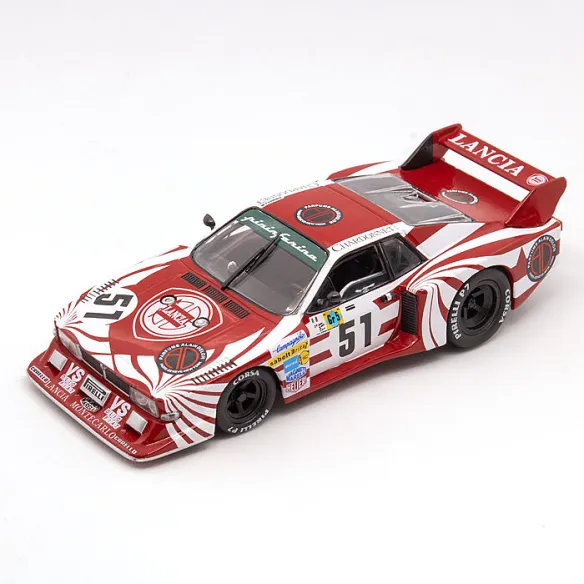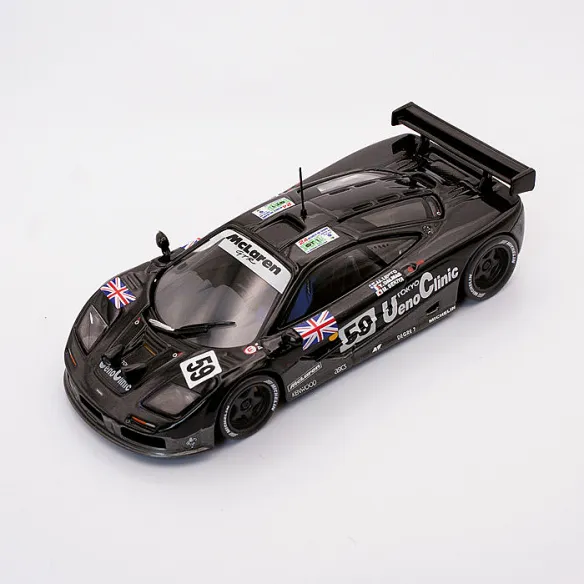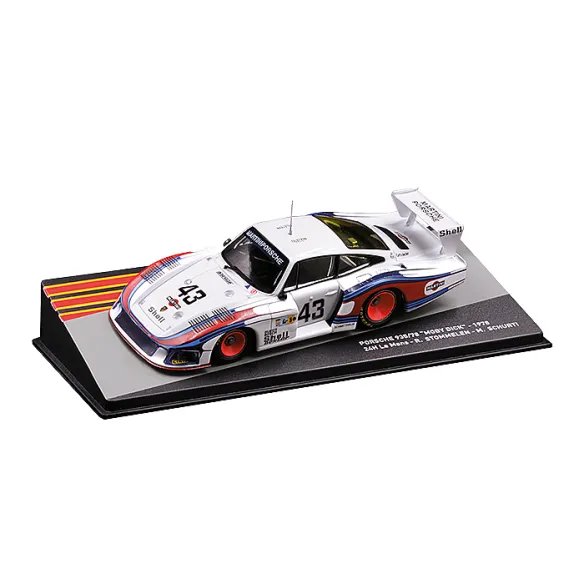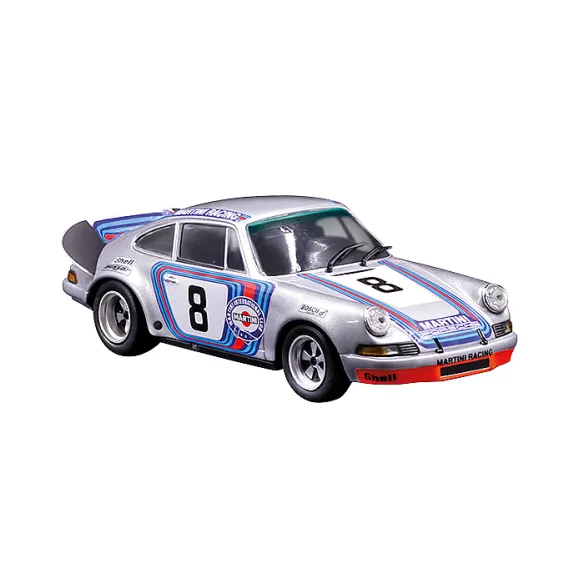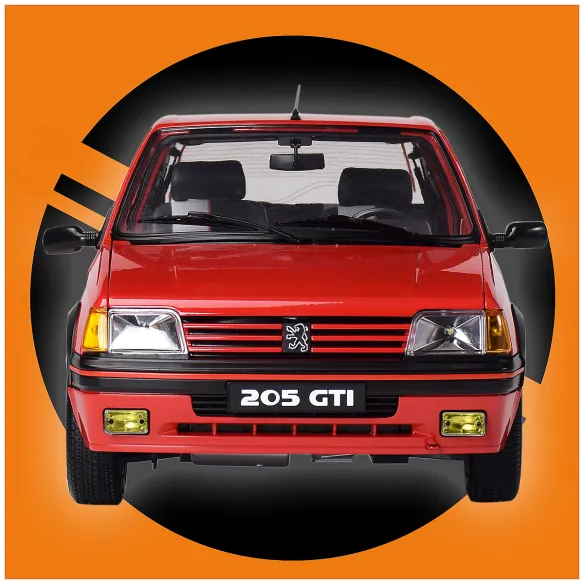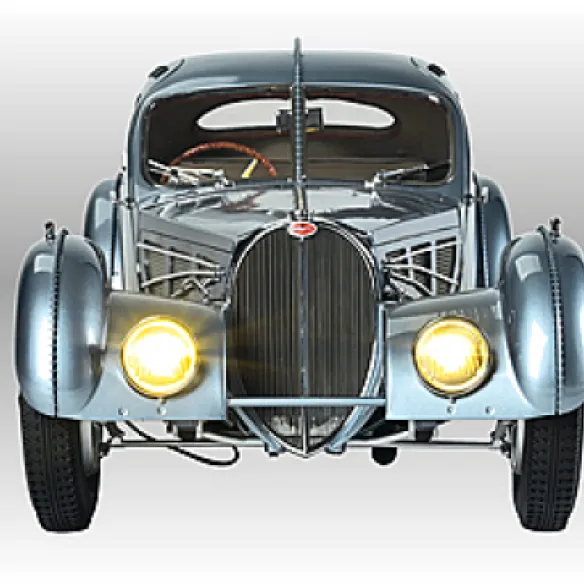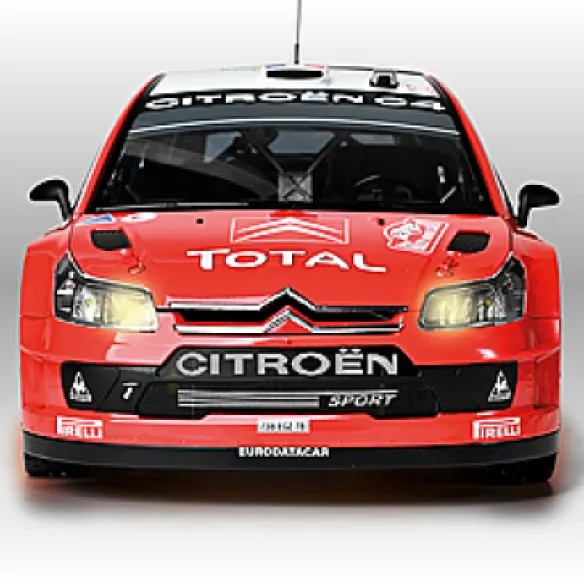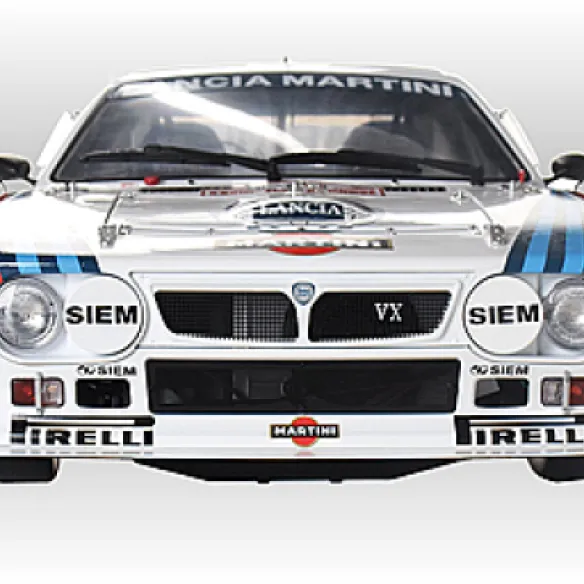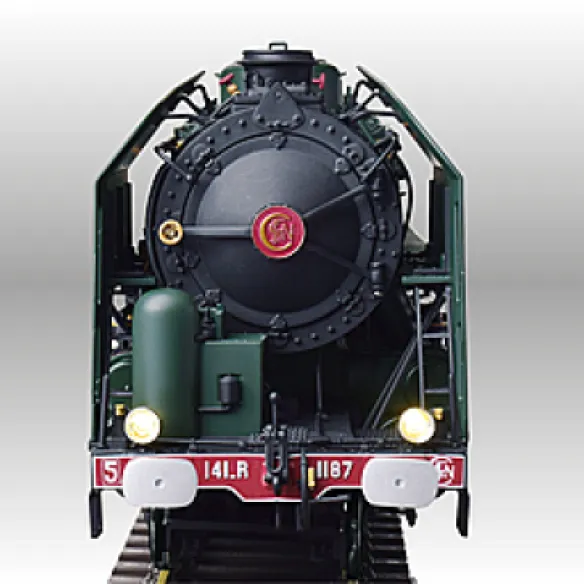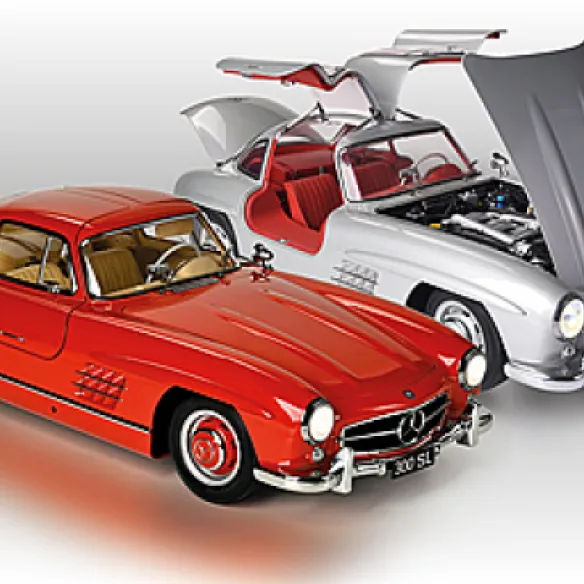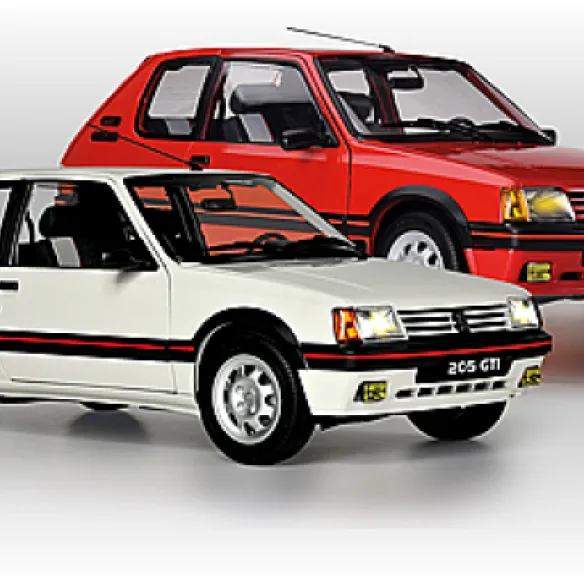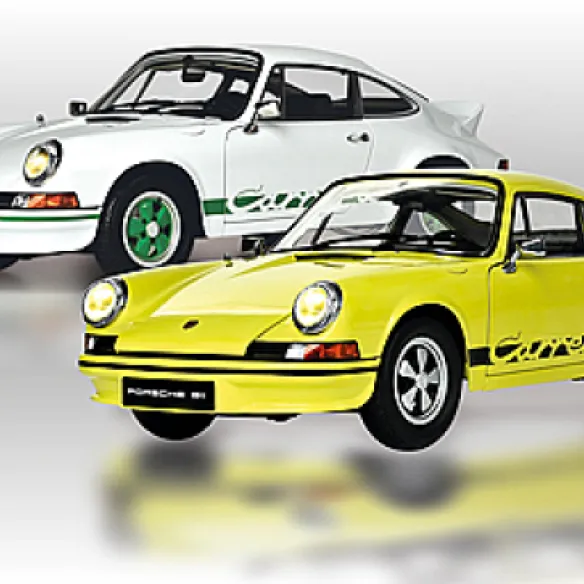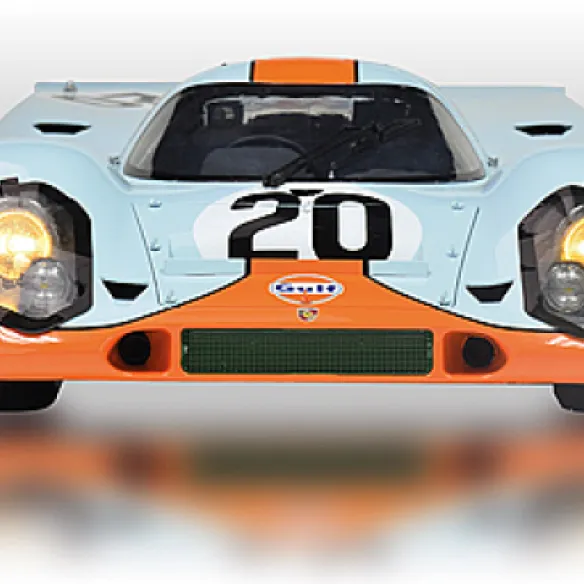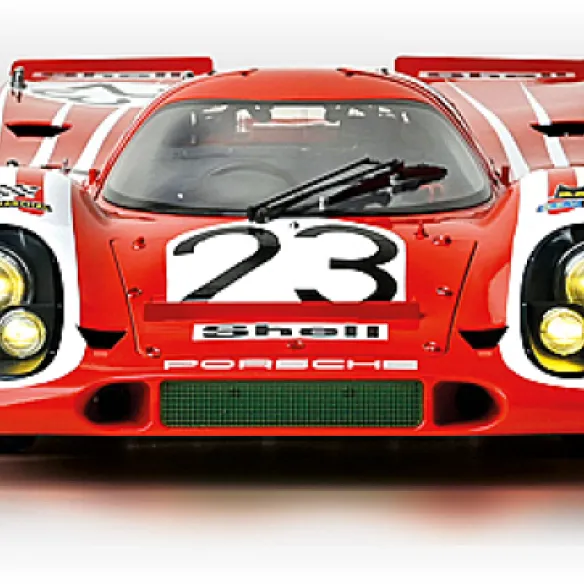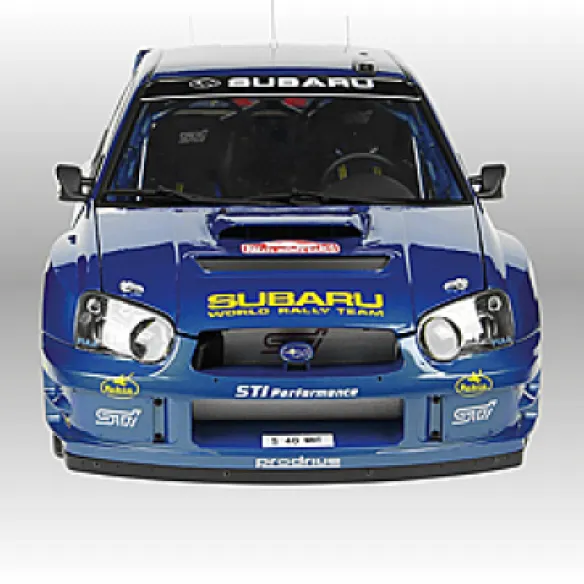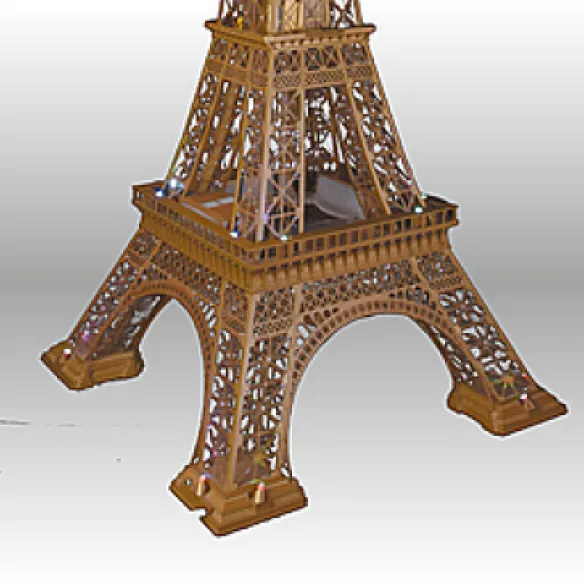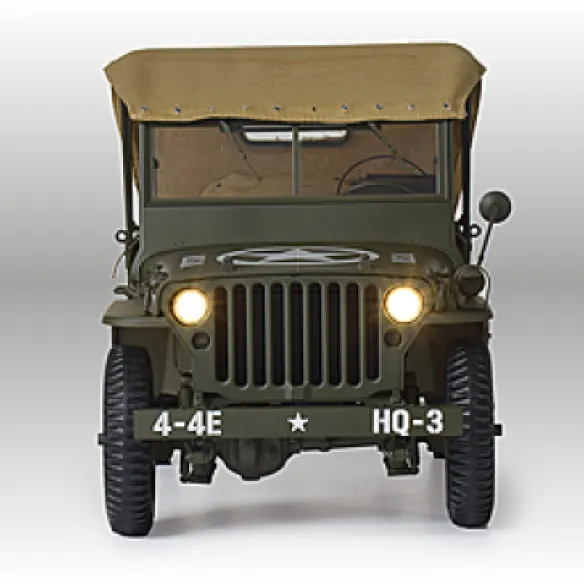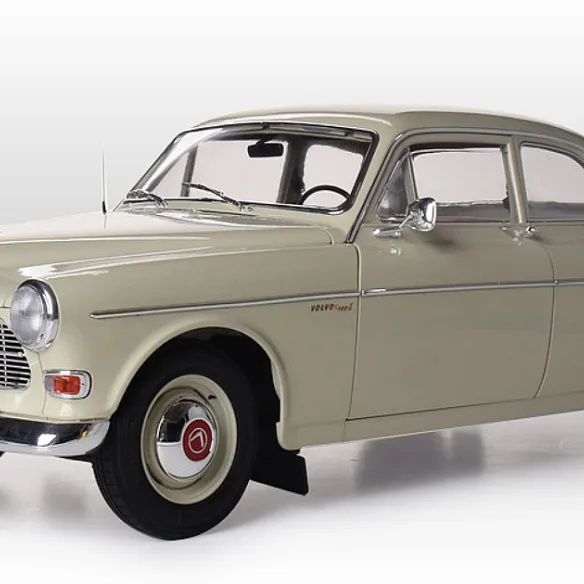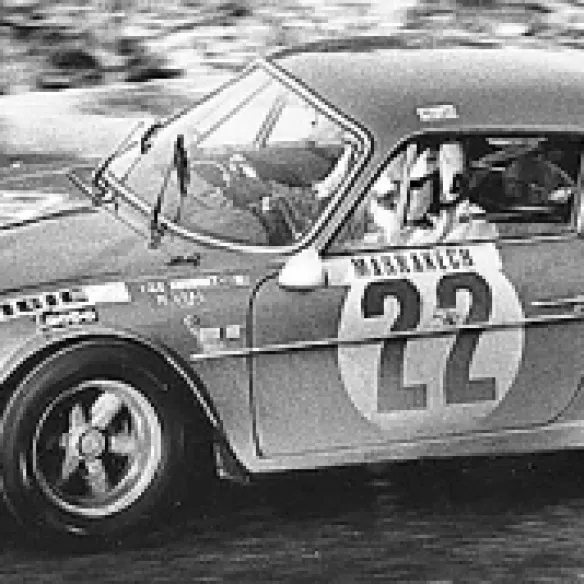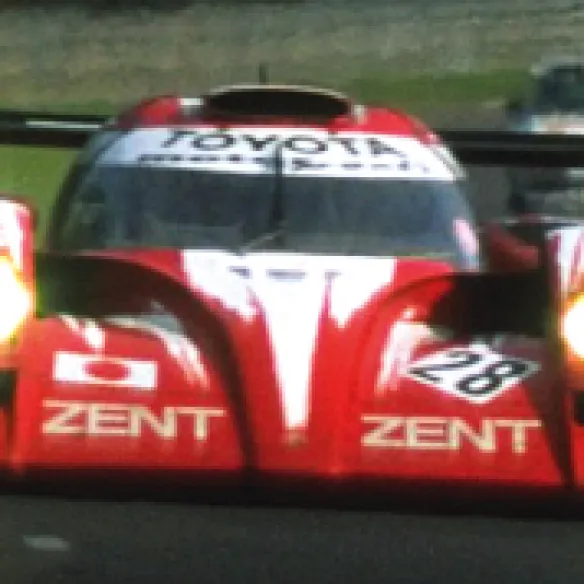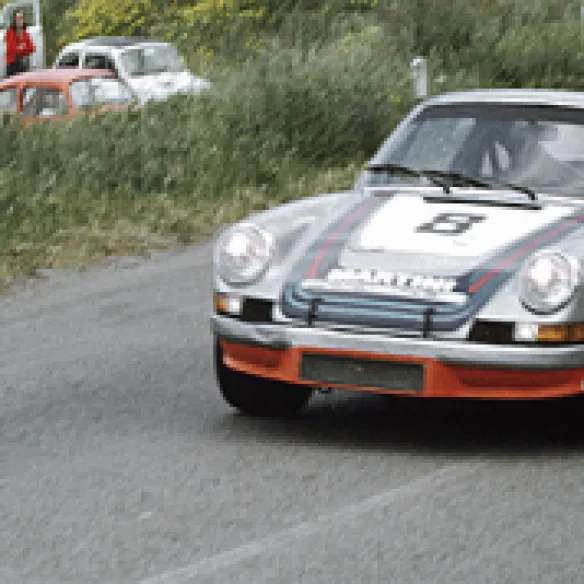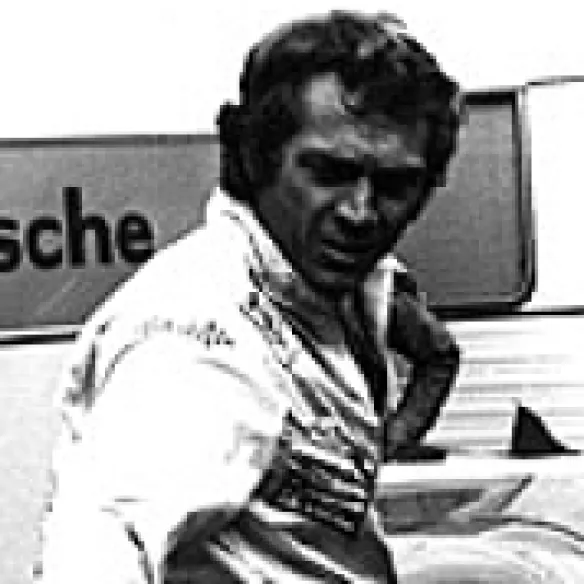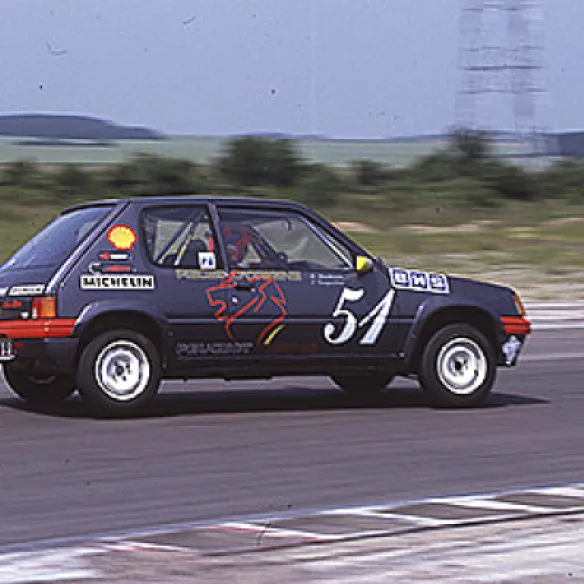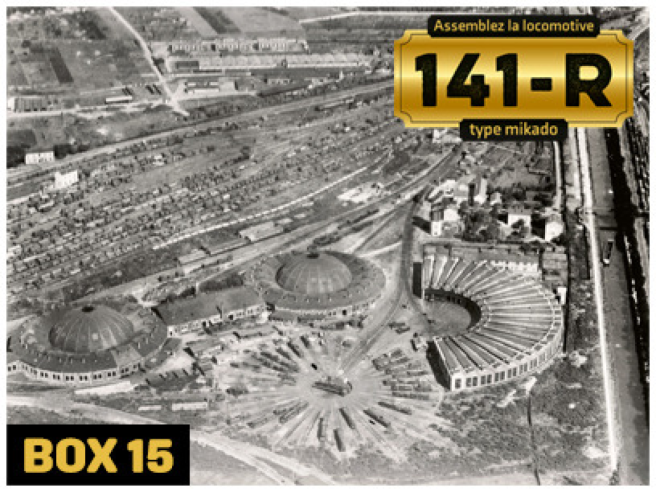
07/02/2024
TRANSFER BETWEEN DEPOTS
The arrival of oil-fired 141-Rs produced such excellent results that a large number of coal-fired locomotives (...)
Read moreThe arrival of oil-fired 141-Rs produced such excellent results that a large number of coal-fired locomotives were converted during autumn 1946 in south-east France, and in western France in 1947.
The result was that the 141-R coal-fired locomotives were grouped together in the SNCF's eastern, northern and south-eastern regions, due to the presence of large coalfields/mining basins. Three new depots were created for these locomotives, at Roanne, Vierzon and Narbonne; but the main factor was the increase in the number of ‘’oil-fired‘’ locomotives due to the coal crisis at the time.
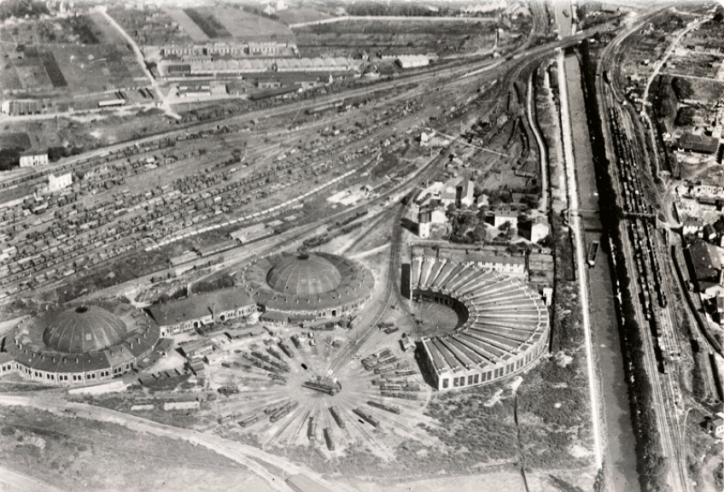
The Dijon-Perrigny depot, aerial view taken in 1940. The size of the depot requires two ‘’ rotundas with a top hat ‘’, plus a half open rotunda and a large garage with a full ‘’ rotatable ‘’ floor ‘’ turning ‘’ 360 degrees (period terms). © IXO Collections SAS - Tous droits réservés. Crédits photo © Crédit : Document Gaby Bachet.
THE TRANSFORMATION OF THE 141-R FROM COAL TO FUEL OIL
Many ‘coal-fired’ 141-Rs were converted to ‘ fuel oil’ in an operation that required only one week's work, with the installation of a 13.5 m3 tank in the tender, burners in the firebox, the replacement of the grill with a refractory brick cladding and the removal of the vault - to name only the main transformations. By switching from coal to fuel oil, the temperature in the firebox is raised from 1,350 to 1,700 degrees: this is a completely different technique that requires the installation of powerful fire extinguishers. In addition, fuel oil requires a heating system to be installed on the tender and locomotive, which also affects all the feeding pipes. Fuel oil ‘caught in the cold’ becomes very viscous and extremely difficult to circulate.
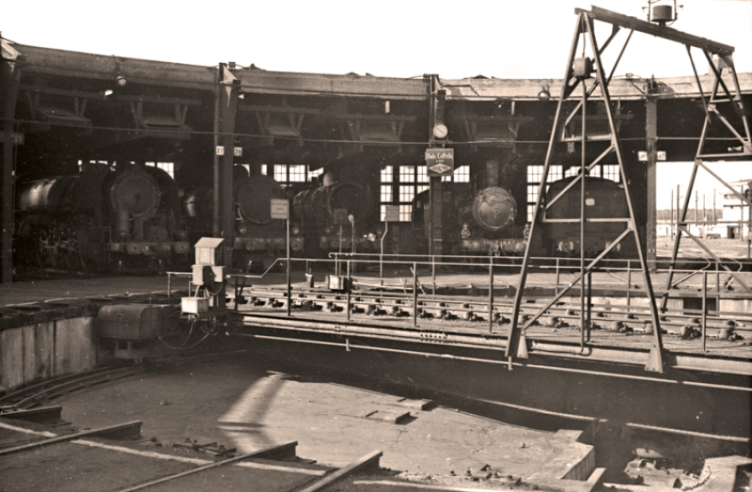
The Blainville depot, Eastern region, in the 1950s or 1960s. Needless to say, as in almost all depots in France, there is always a 141-R present! © IXO Collections SAS - Tous droits réservés. Crédits photo © Crédit : Document Pierre Debano.
THE 141-R ‘FUEL ROUTES’ WERE MOVING CLOSER TO THE REFINERIES
At the time, the regions of the SNCF in the East, West, South-West and Mediterranean all became customers of the major refineries in Strasbourg, Le Havre and the Etang de Berre, while along the Mediterranean, it was discovered that using fuel oil to power the trains virtually eliminated the risk of fire along the tracks, where pine forests and undergrowth were very dry.
During this period, a number of workshops were transformed into veritable assembly plants, particularly the ‘Ateliers de Nevers Machines’ (ANM), where 240 locomotives were transformed in a process that was to become a veritable assembly line! Labour hours for each conversion dropped from 614 hours to 448 hours, including around 60 hours just for the tender. The ANM became the main transformation centre, converting units 701 to 820, 861 to 960 and 1101 to 1120 for the East, South-East and Mediterranean regions. The workshops at Niort were responsible for the 141-R units from 1021 to 1100, destined for the Western region.
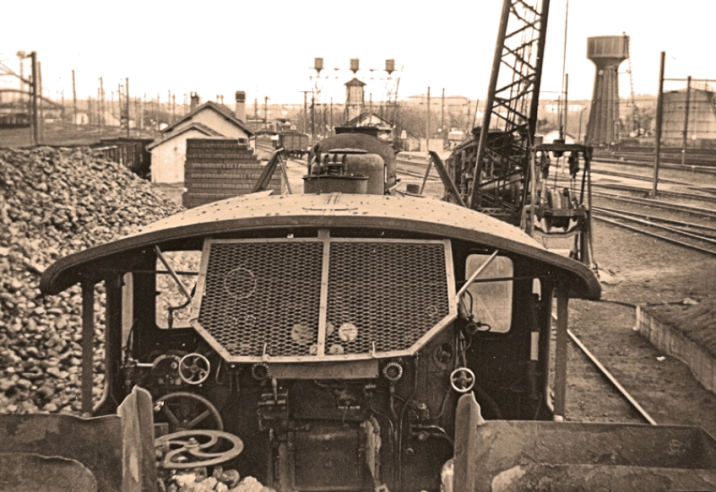
Still at the Blainville depot, the overall atmosphere of a 141-R depot is fine: coal is everywhere. Foreground, shelter on the 230 East: the protective grille prevents the driver from climbing onto the tender, as his head could touch the overhead contact line. © IXO Collections SAS - Tous droits réservés. Crédits photo © Crédit : Photo Debano.
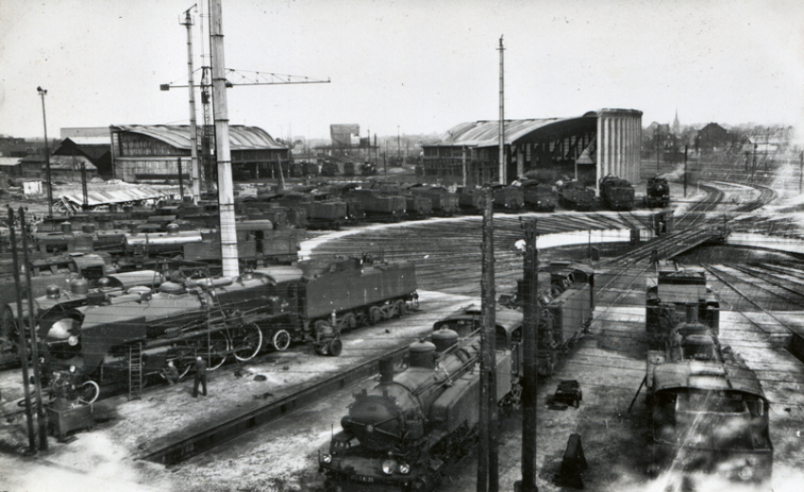
The depot at Fives-Lille in 1951. In the foreground, a fine Northern ‘cavalry’. No 141-R in this shot? Yes, there is: take a good look at the locomotives in the background, beyond the ‘’sign‘’! © IXO Collections SAS - Tous droits réservés. Crédits photo © Collection Trainsconsultant-Lamming
FROM AUTUMN 1947 TO SPRING 1949: A PERIOD OF GREAT CHANGE
The 141-R units 1 to 700 from the West and the Mediterranean moved to the East and North regions. The 700, 800 and 900 from the East remained temporarily in their region, at the Blainville, Hausbergen and Mulhouse depots. Part of the 700 and 800 from the North went to Blainville, or to Ambérieu, Badan, Dijon, Grenoble, Le Teil and Roanne. The 141-Rs 1101 to 1120, having rollers on their axles, were sent to Ambérieu. The 141-Rs 1021 to 1100, which were spread over four SNCF regions before their transformation at Nevers, were consolidated in the West region at Achères, Auray, Caen, Le Havre, La Rochelle and Mézidon.
‘KING OF THE GREAT WESTERN THE KING OF THE BRITISH NETWORK
This locomotive, which was introduced in 1927, justified its name by its undisputed dominance on the tracks of the great British company, renowned throughout the world for its culture of speed.
The 230 locomotive outperformed in power and performance many of the ‘Pacifics’ that were built subsequently.
THE CASTLE GROWS...
The ‘Castles’ (or series of castles) were the 230 models brought into service in 1923 by the engineer Georges Collet. Technically successful, they were extremely economical to run. However, by the time they were introduced in 1923, it was already clear that the ‘Castles’ were a little too small, and that they would soon be overtaken by the weight of the trains. It was time to think about enlarging them: this led to the introduction of the ‘King’, which was in fact an enlarged ‘Castle’.
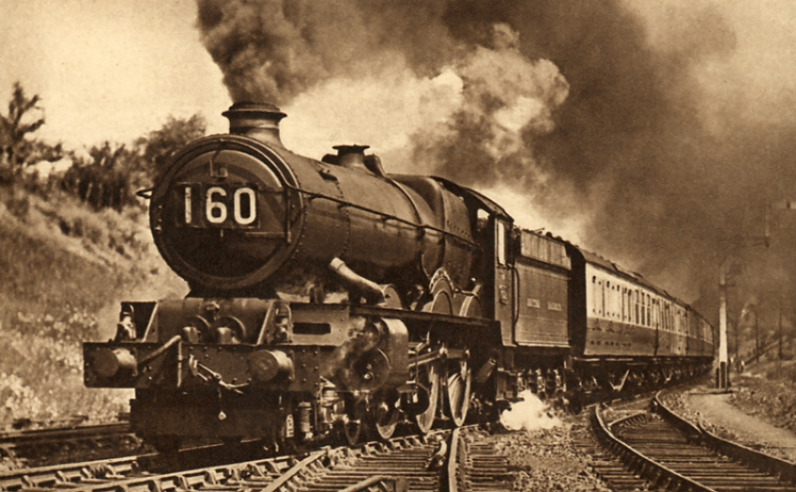
A prestigious and energetic King pulling its train on the British Great-Western network in the early 1930s. The ‘King’ stands out from the many 230s on the network with its supporting axle with external bearings. The carriages showing their age in relation to the locomotive. © IXO Collections SAS - Tous droits réservés. Crédits photo © Collection Trainsconsultant-Lamming
THE BIRTH OF A KING IN HIS CASTLE
The general architecture of the ‘Castles’ was respected: obviously, the 230-type axle arrangement was retained. In the minds of the British engineers, who were very attached to the small locomotive, the ‘Pacific’ was not yet ready. The boiler came from the ‘Castle’, as did the 4 cylinders that had been inherited from a much-discussed but abandoned prospect of compounding. But to increase the traction force and obtain more power, Collett made the firebox longer, increased the diameter of the cylinders by 7 mm, and reduced the diameter of the drive wheels by 64 mm to generate more ‘torque’.
THE GREAT WESTERN, A HIGH-SPEED NETWORK
The years between the wars were the network's golden age. The trains were superb, with their green locomotives and brown and cream carriages. From 1928 onwards, the ‘Kings’ operated all the Great Western's fast trains until the steam era came to an end in 1963, when they were replaced by diesel locomotives. The HST express trains which currently run at 200 km/h between Paddington and the South West of Great Britain carry on the great GWR tradition.
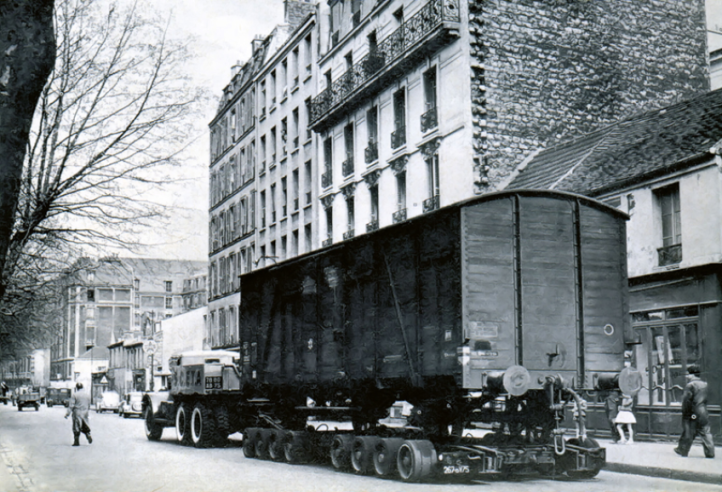
A spectacle that would amaze in today's cycling Paris, but very common in Paris in the 1940s: the "Door to Door" trailer used to deliver wagons directly in factory courtyards. The truck (ex-US army) of the "SCETA" (SNCF subsidiary) looks good with its freshly painted white tires, but drives at a cautious 10 km/h! © IXO Collections SAS - Tous droits réservés. Crédits photo © Collection Trainsconsultant-Lamming
Recent articles
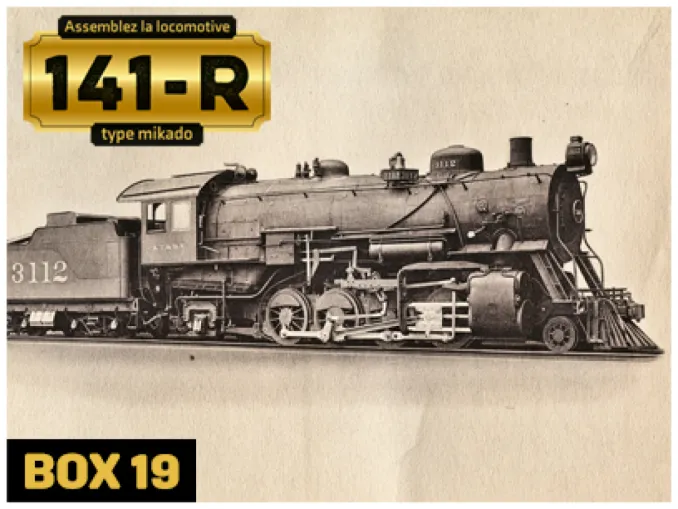
11/06/2025
THE 141-R: LOCOMOTIVE IN TWO “BATCHES”
On 5 October 1944, the first French mission went to the USA and received propositions from the American manufacturers, (...)
Read more
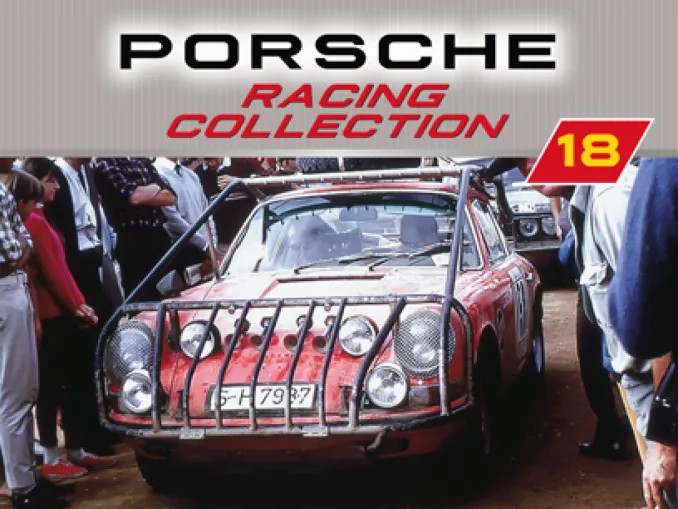
10/06/2025
Porsche 911 S - 1968
ASSIGNED TO ZASADA FROM POLAND, THE 911 COMPETING IN THE FIRST LONDON-SIDNEY RALLY PROMISES TO BE A FUTURE TRIUMPH
Read more
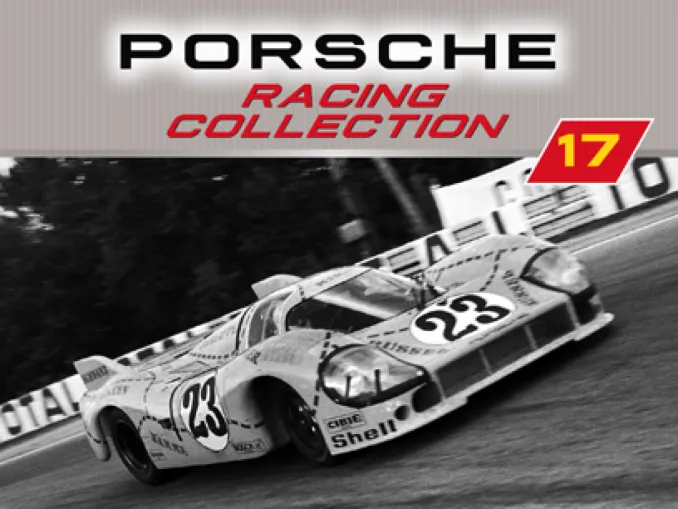
10/06/2025
PORSCHE 917/20 «THE PINK PIG»
THE ‘PINK PIG’ IS PERHAPS THE MOST AERODYNAMICALLY ADVANCED VERSION OF THE 917. AND YET IT COMPETED IN ONLY ONE RACE: LE MANS IN 1971.
Read more


 English
English français
français Deutsch
Deutsch español
español italiano
italiano português
português